The best wireless speaker, all tested by us, from Apple, JBL, Sonos and more

Our audio experts have tested and selected the best wireless speakers, informed by years of experience and after reviewing countless devices. Whether you need a compact Bluetooth speaker that integrates with your Wi-Fi for enhanced indoor audio or a premium Wi-Fi model for a multi-room setup, we’ve got you covered.
The best wireless speakers combine outstanding sound quality with the freedom of a cable-free design. By connecting to your home’s Wi-Fi, they also let you enjoy music anywhere without the hassle of wires. Many of our top picks also include Bluetooth for added flexibility, along with smart features like voice assistant support (Alexa, Google Assistant, or Siri) and seamless compatibility with the best music streaming services. Plus, many come with dedicated apps for easy control and personalized sound settings.
Every speaker in our guide has been thoroughly tested by our team of audio experts. We evaluate each model in real-world settings, paying close attention to the features that matter most – from sound quality and smart controls, to ease of use and value for money. Our reviewers have years – usually decades – of experience, and know exactly what to look for. We work with them to curate the final selection in this guide.
If portability is your main concern, check out our best Bluetooth speakers guide. If you want full Apple Music integration instead, our best AirPlay speakers guide has you covered.
The quick list
If you want to find out which best wireless speaker is for you in a hurry, you’ll find a roundup of our choices below. You can them jump to a more detailed review of every pick, along with our price comparison tool to help you find the best deals.
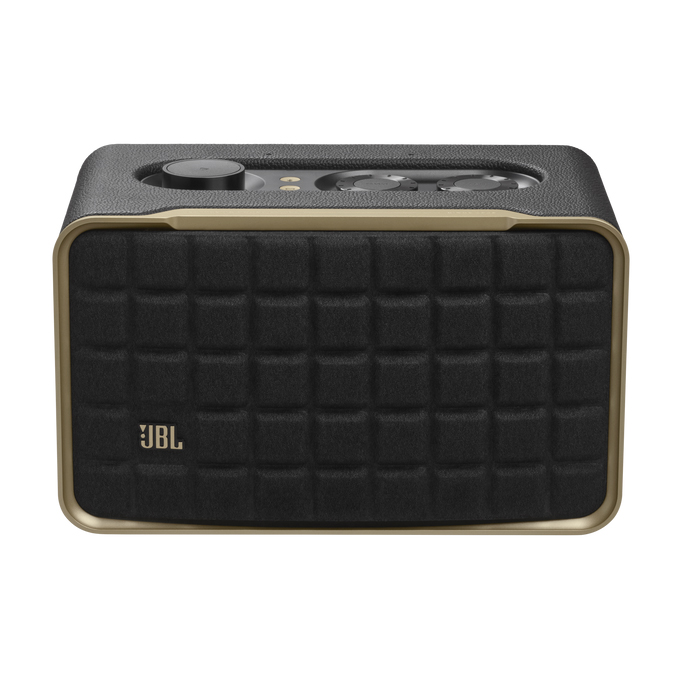
Best wireless speaker overall
Expect rich and detailed sound that makes this JBL speaker a dream to listen to. It also has a stunning, retro design and a long list of excellent features. It's not cheap, but it's worth every penny.
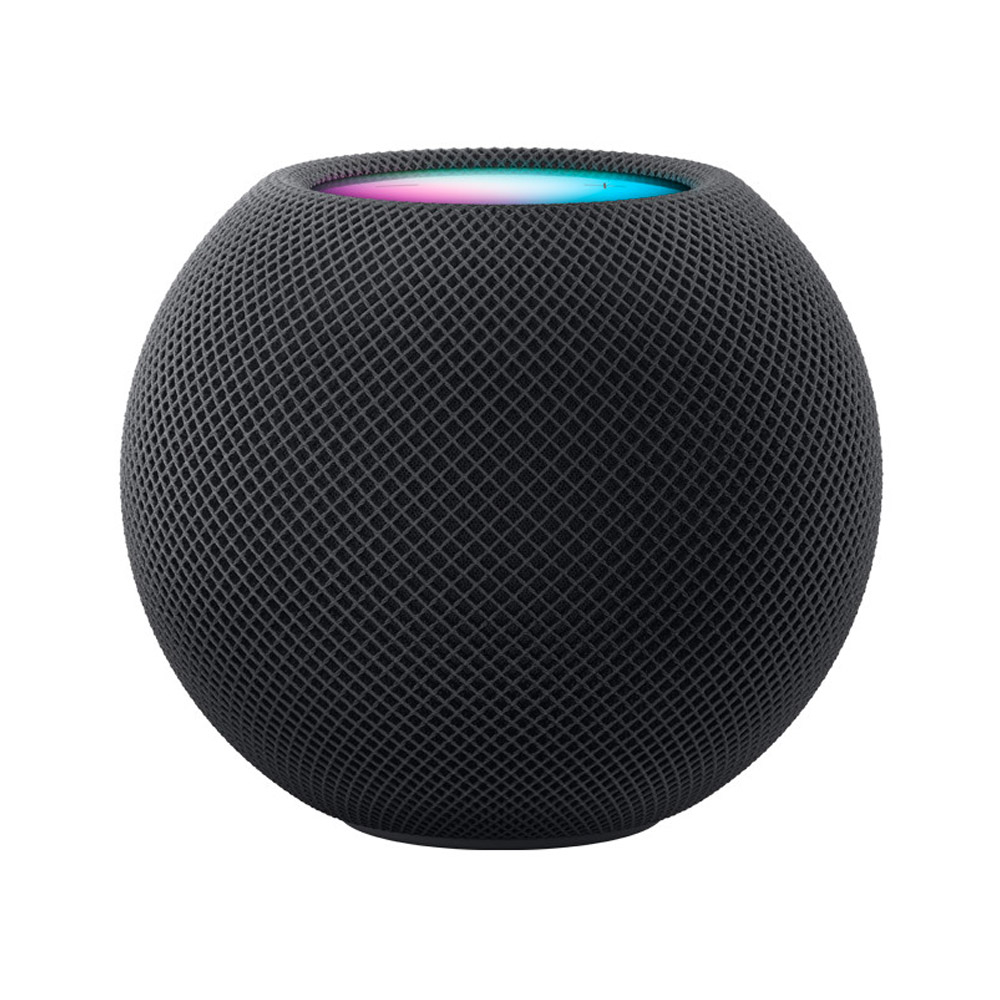
Best budget wireless speaker
Apple's smaller, cheaper version of the HomePod is still an impressively smart wireless speaker a few years after launch. It has an elegant spherical design with top audio performance.
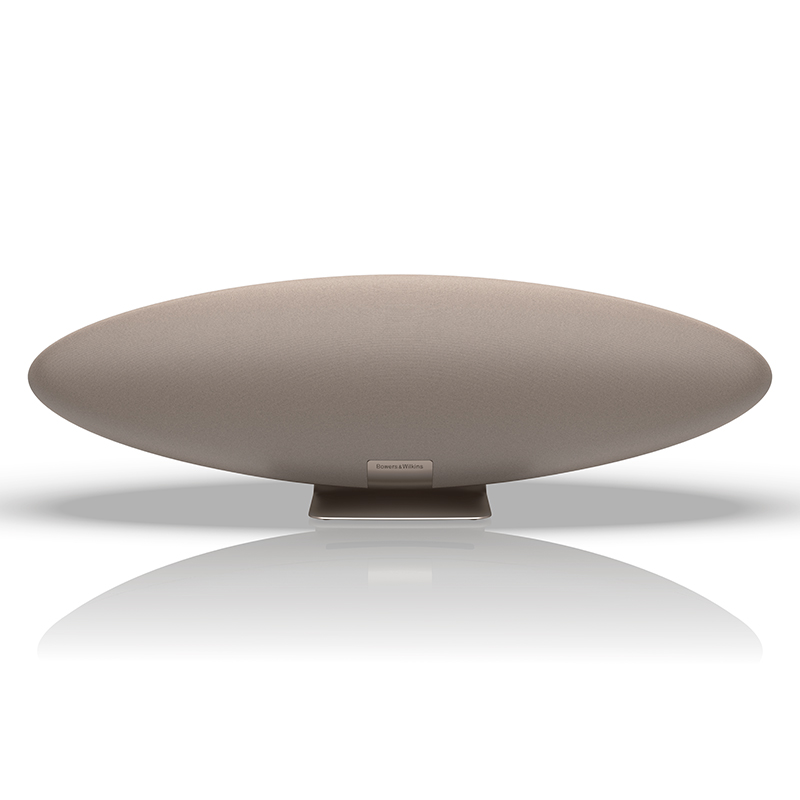
Best wireless speaker for sound under $1000
The latest addition to B&W's Zeppelin line delivers expansive, well-structured sound, multi-room connectivity, and a distinctive, high-quality design – all for under $1,000.
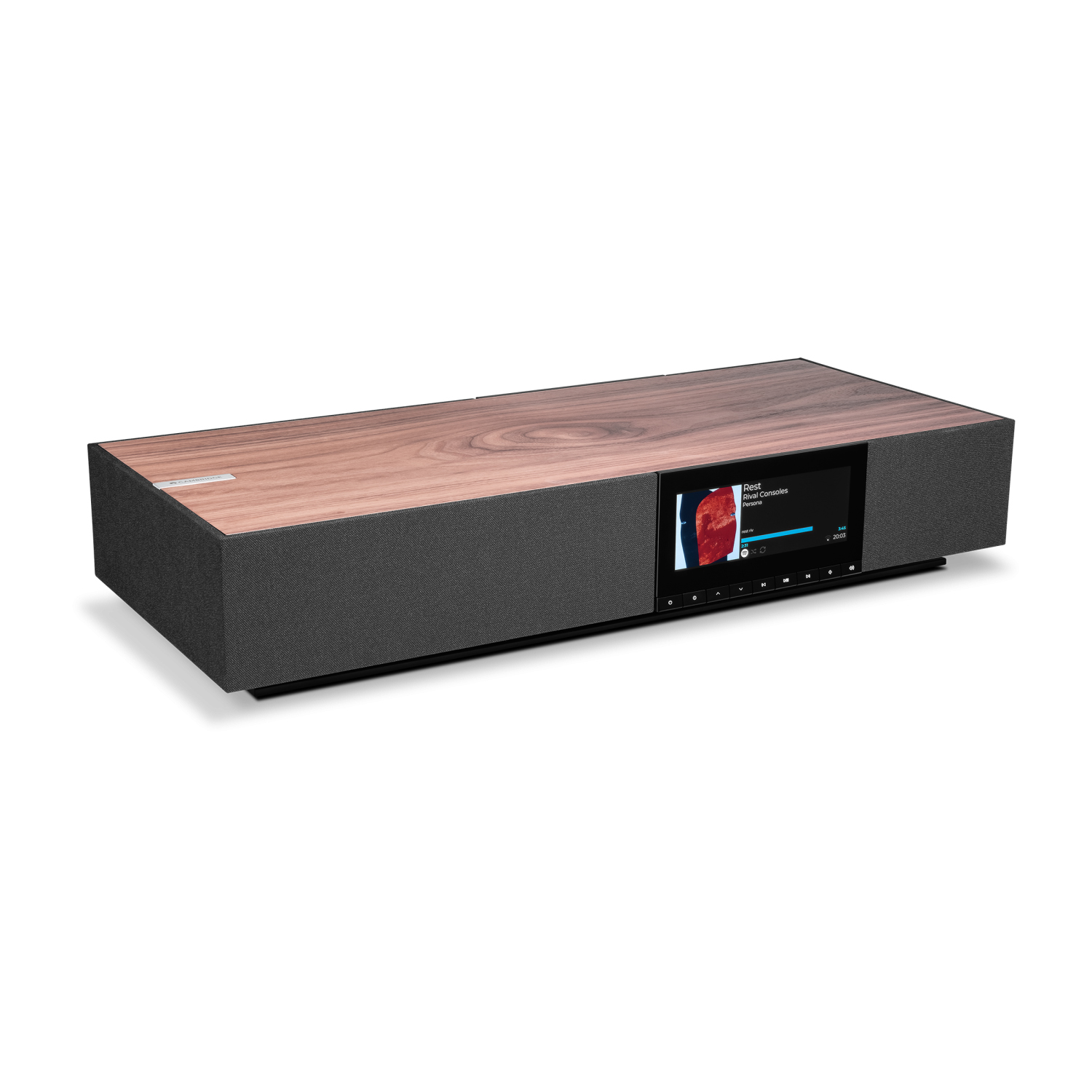
Best wireless speaker for multi-room connectivity
Expect stunning hi-res sound from this stylish, feature-packed speaker. With a variety of connectivity options, it can effortlessly deliver audio from almost any source you've got.
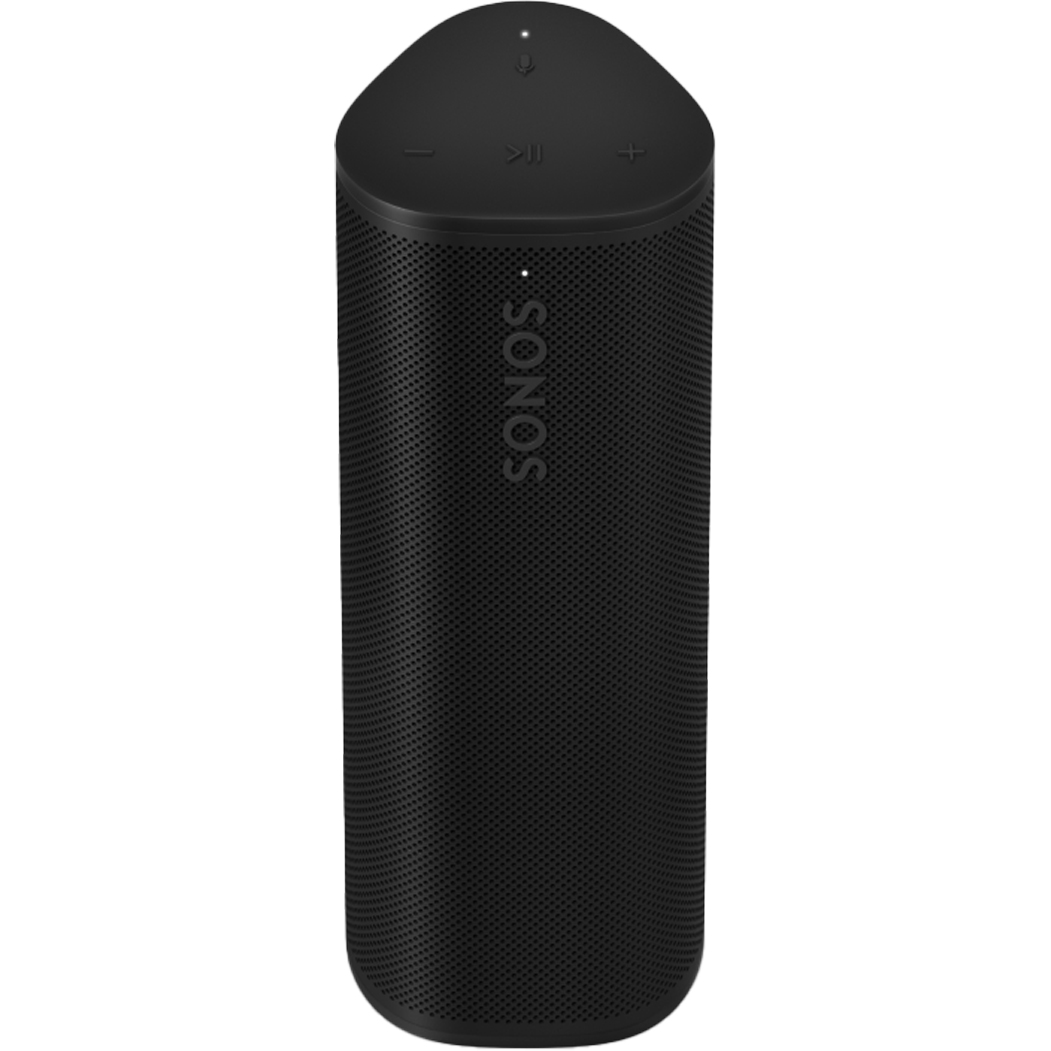
Best portable wireless speaker
Sonos isn't cheap, but this lightweight speaker pumps out powerful, detailed sound from a small and rugged design – ideal if you're looking for the best portable wireless option.
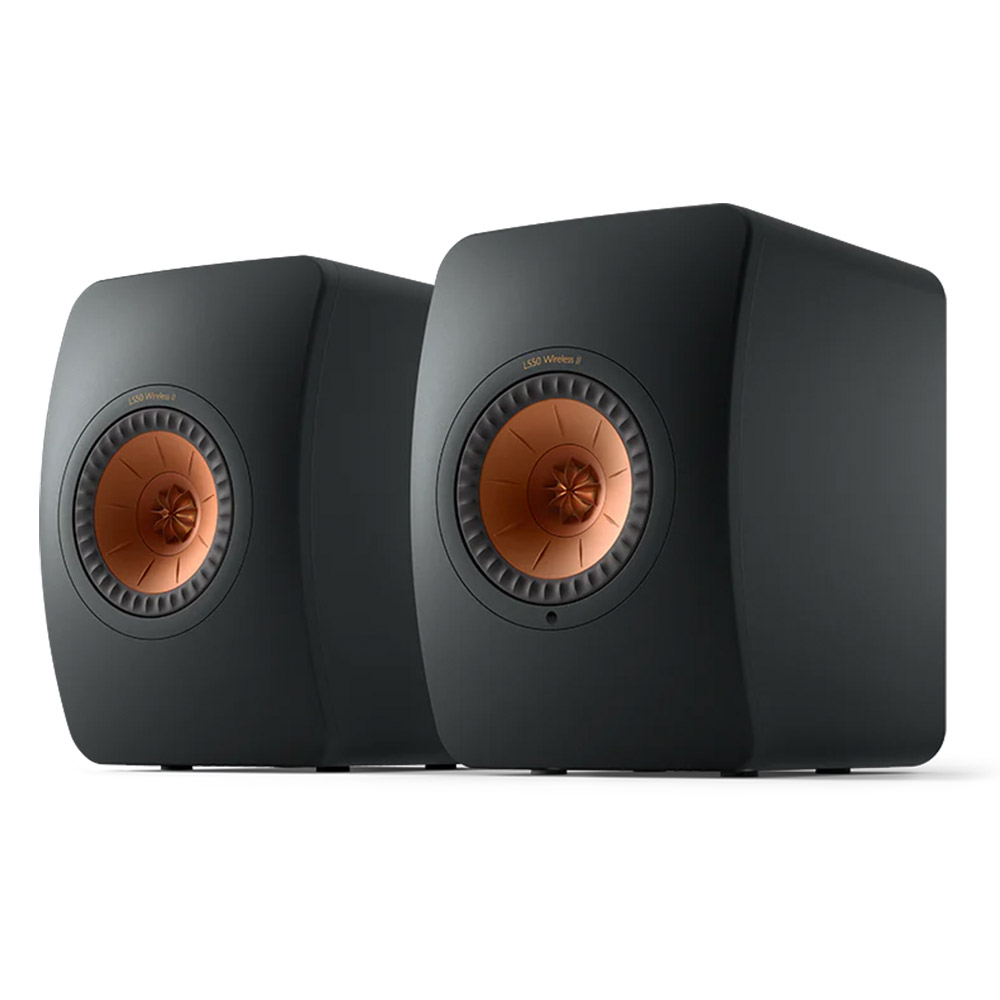
Best premium stereo wireless speaker
A true audiophile wireless speaker for those that are after luxury high-definition sound. We couldn't fault this when we tested it and gave it a full five stars across the board.
Load the next 3 products...
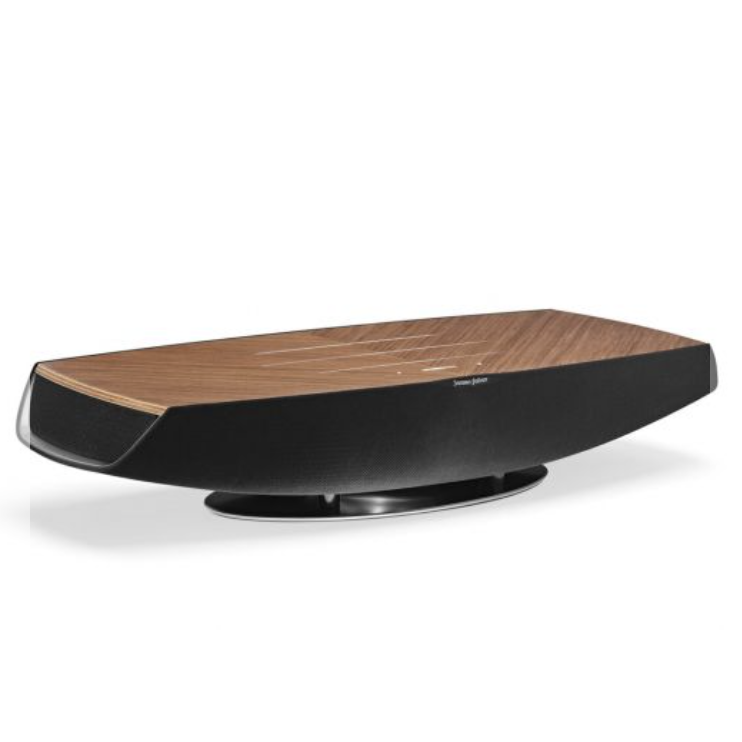
Best wireless speaker for design
This stunning crescent-shaped hi-fi system is a luxury Italian speaker that sounds as good as it looks. It has a smart wooden top panel that comes in walnut and graphite colorways.

Best wireless speaker for spatial audio
The Era 300 completely raises the bar when it comes to spatial audio. Its array of drivers include up- and side-firing speakers that make it comes alive with Dolby Atmos.
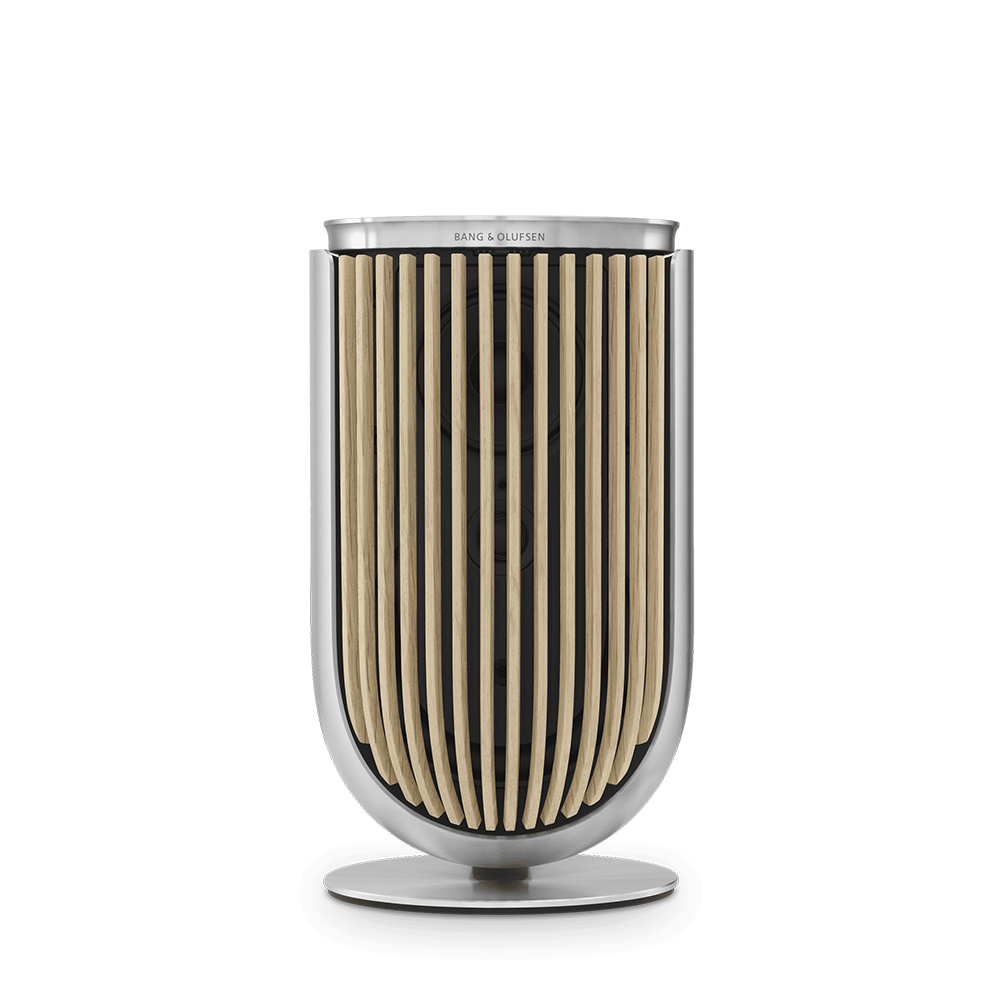
Best wireless speaker if money's no object
There aren’t many speakers that look and sound as impeccable as the Beolab 8. The only downside? Its astronomical price tag. Regardless, this is in a league of its own.

I've reviewed over 150 audio products since becoming a tech journalist, ranging from super-budget earbuds to high-end Hi-Res Audio music players. Before joining TechRadar, I spent three years at What Hi-Fi? testing everything the world of audio had to offer; before that, I was a professional dancer, so obviously I have strong opinions about the quality of speakers, whether that's at home or something pro.
July 22, 2025
Checked all products against our latest reviews and price changes. Created a comparison table at the end of the guide to give readers a quick glance at how the recommended products stack up. Added the Edifier D32 to our list of other products to consider. Added several new entries to the FAQs.
The best wireless speakers available today
Why you can trust TechRadar
The best wireless speaker overall
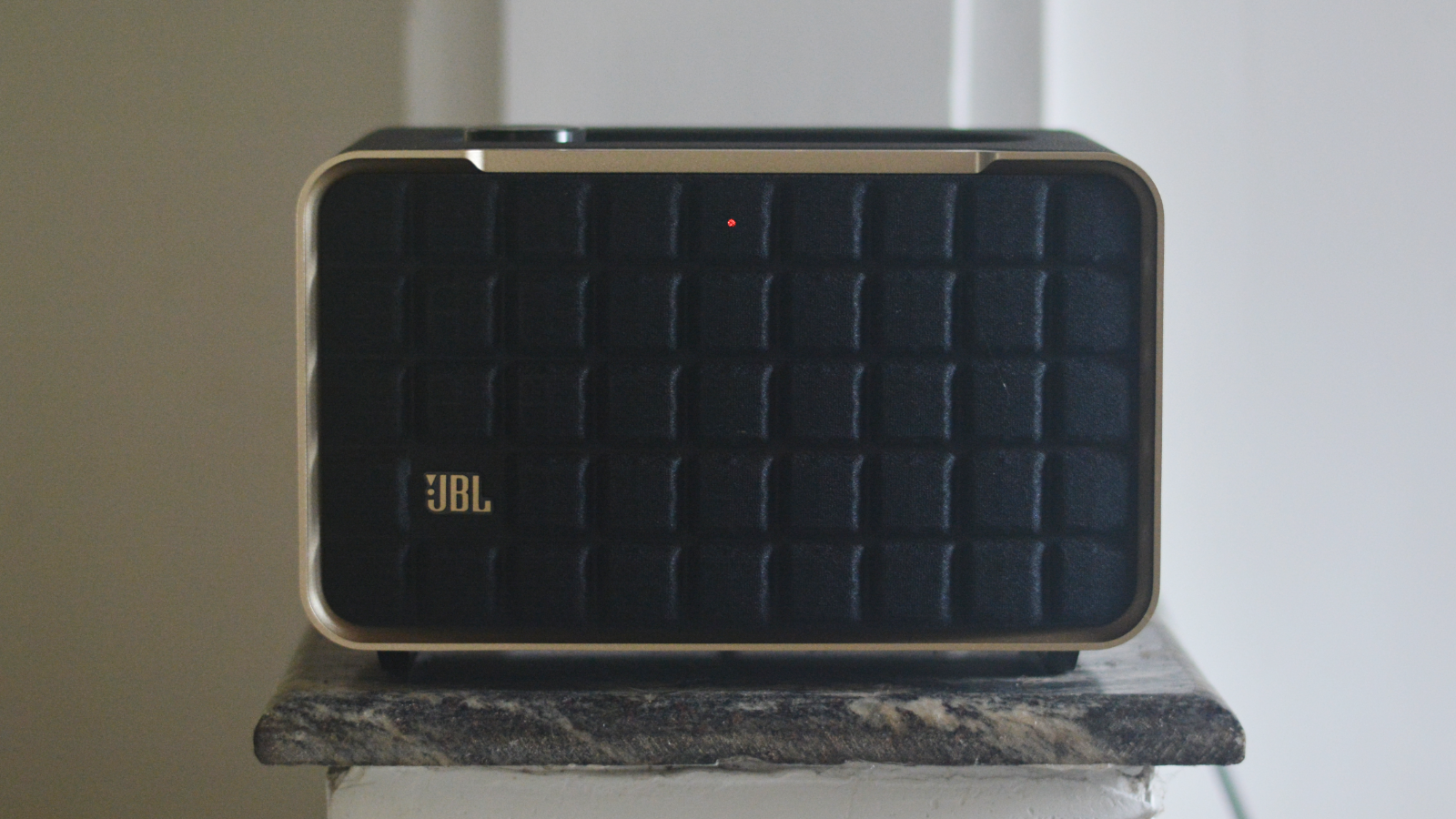

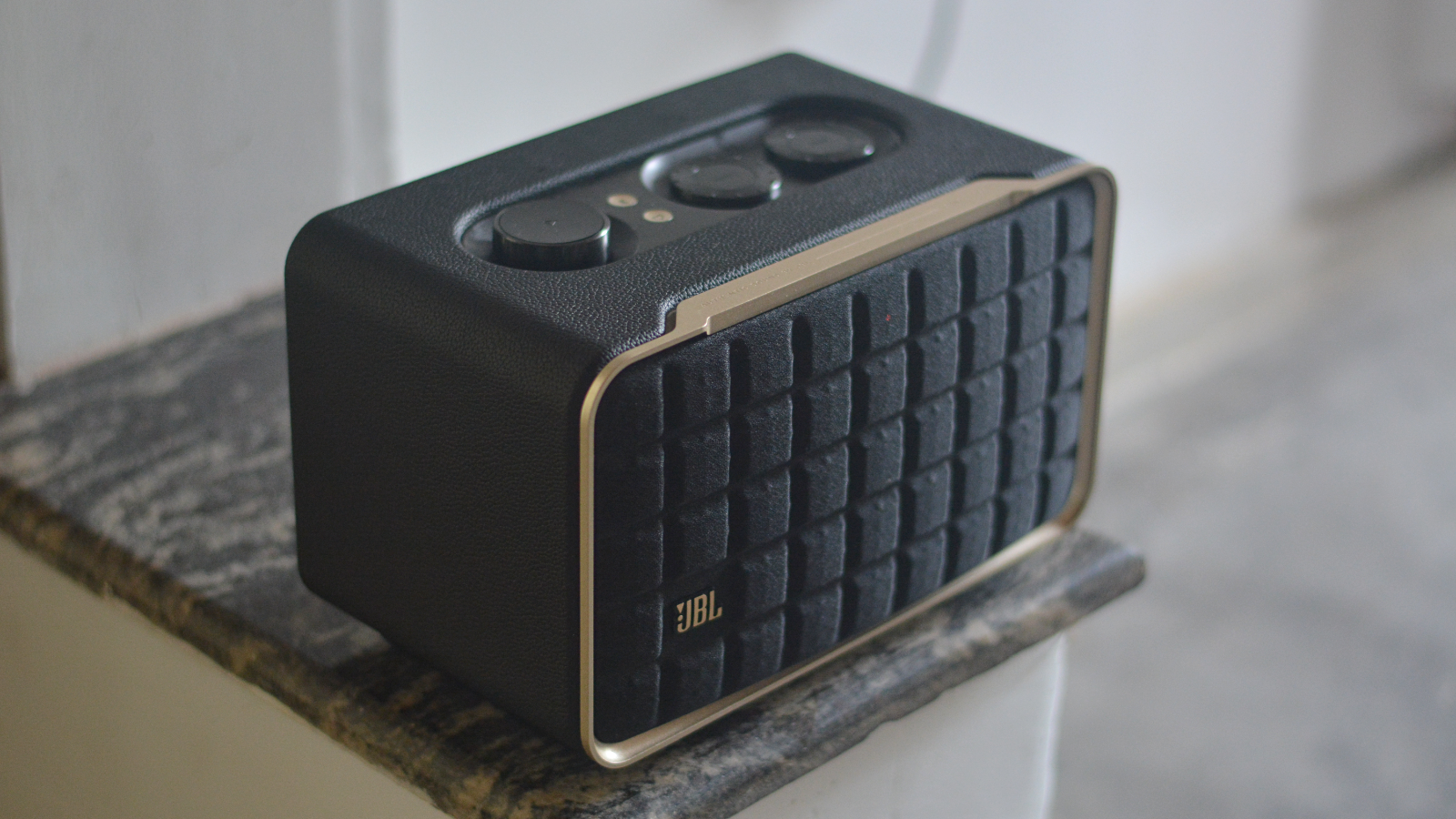
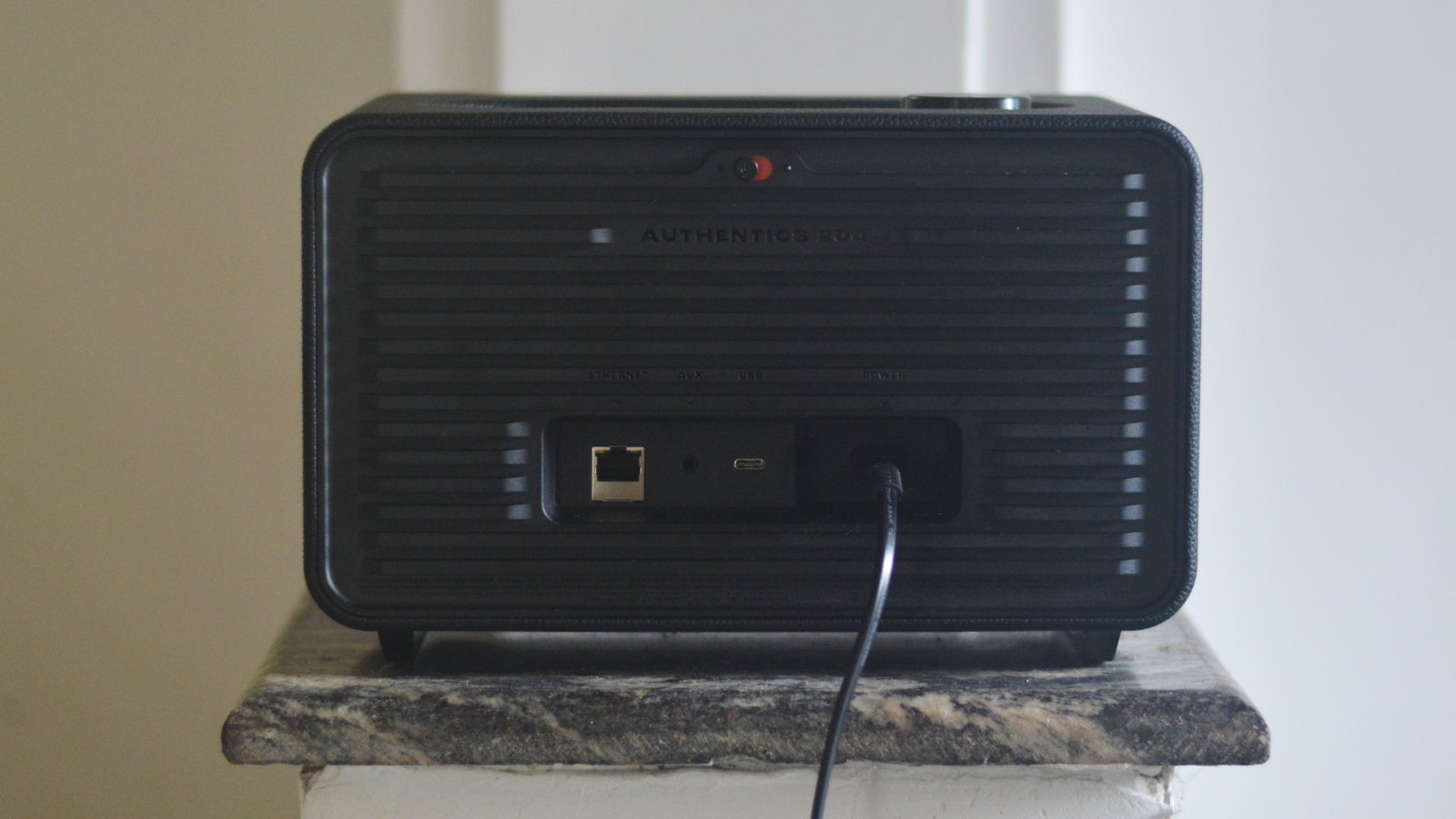
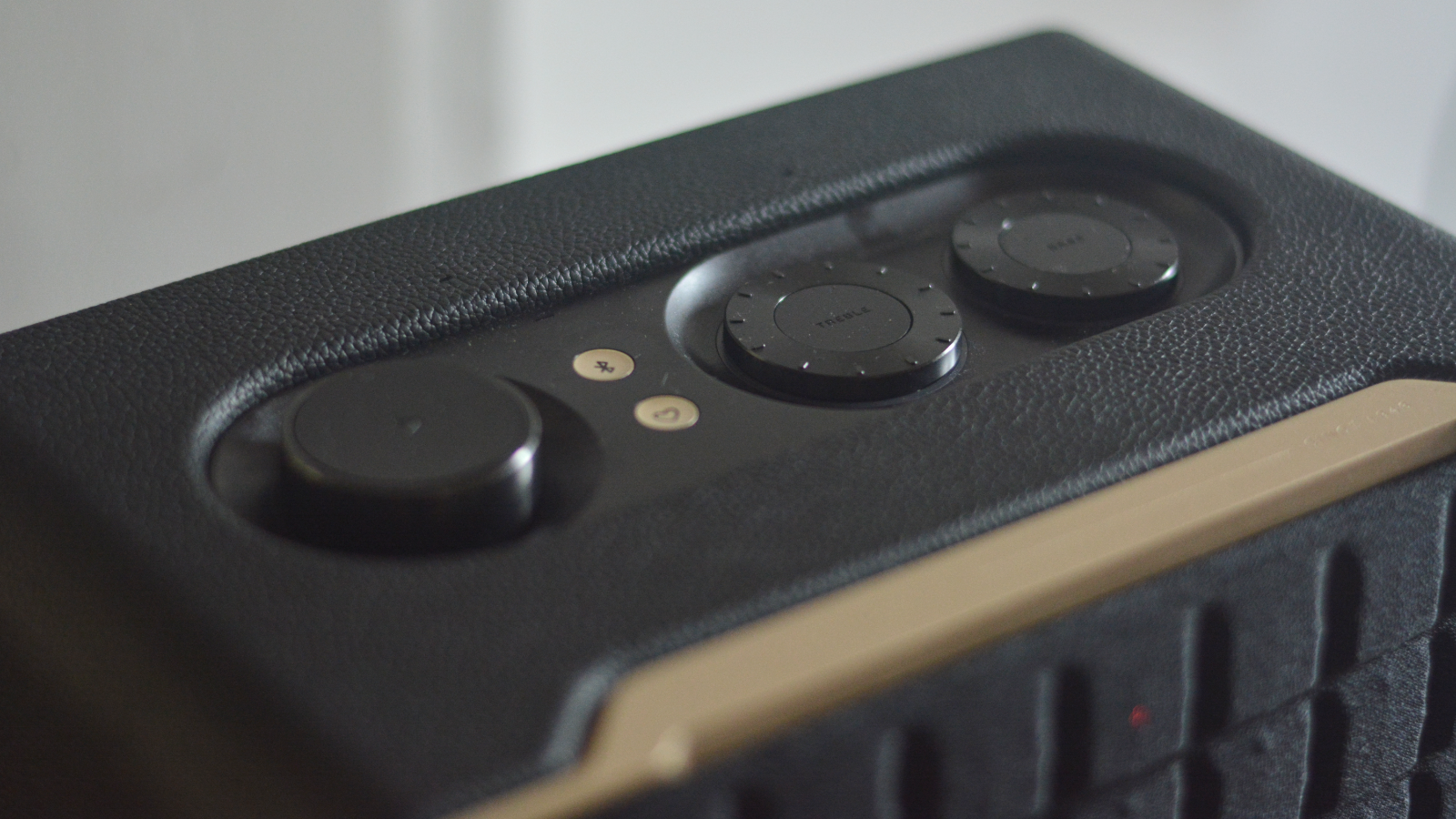
Specifications
Reasons to buy
Reasons to avoid
✅ Audio quality is your top priority: Expect full, rich and dynamic audio. If only the best sound matters, you'll be delighted with the experience here.
✅ You like a retro design: Most smart speakers are neutral and minimal, this one is oozing with vintage style.
❌ You're on a budget: In our books, it's worth every penny. But you can get the Sonos Era 100 for slightly cheaper if you want to keep costs down a little further.
❌ You value simplicity: Room-filling sound and lots of features means this makes the most sense for those after an all-singing, all-dancing smart speaker.
The JBL Authentics 200 is one incredibly impressive speaker. For starters, it looks gorgeous. It’s also got all of the essential features you could need from a top wireless speaker and, most importantly, it sounds fantastic. It could have topped multiple categories in this guide, but for now, we’re naming it our best overall wireless speaker – the top choice for most people.
Expect excellent audio across the range, with full bass, rich mids and plenty of detailed treble. In our review we also commented: “Separation is impressive, and there’s a depth to its soundstage that delivers remarkable immersion for a single speaker.” The result is a lot of depth and a listening experience we described as “sublime”
All of the top features are here, including multi-room audio and connectivity to the intuitive JBL One app. There’s also Wi-Fi streaming from several services. You can integrate the app with a range of streaming platforms, as well as customize the EQ settings – but we found it most enjoyable to do that manually by turning the treble and bass knobs on the speaker itself. If you like using voice commands, there’s support for Google Assistant and Amazon Alexa to choose from.
The JBL Authentics 200 has a refreshingly different aesthetic. In our review we wrote that it delivers “a dose of vintage style in a market crowded by neutral designs”. This is down to the curved foam grille and the aluminium frame – a nod to the look of older amps. Then again, it’s not overtly retro. It doesn’t look like a regular speaker cosplaying as a cool one, is what we’re saying. All of the design choices here look subtle and the result is a stunning build and finish that also feels premium, too.
It’s not the cheapest speaker in this guide. It’s also lacking Atmos compatibility, which you can find for less. But it’s one of the most appealing right now for its combination of superb sound, a refreshing, retro look and excellent feature set. As we pointed out in our review, “there’s really nothing else like the Authentics 200.”
Read our full JBL Authentics 200 review
Features | Packed with Wi-Fi streaming, multi-room support, app control, and both Alexa and Google Assistant. | 4.5/5 |
Sound quality | Excellent separation, rich mids, and deep bass make for a truly immersive experience. | 5/5 |
Design | A stylish vintage design with standout retro flair when competitors are going hard on minimalism. | 4.5/5 |
Value | Not the cheapest, but the features, sound, and standout looks make it worth the price. | 4/5 |
The best budget wireless speaker
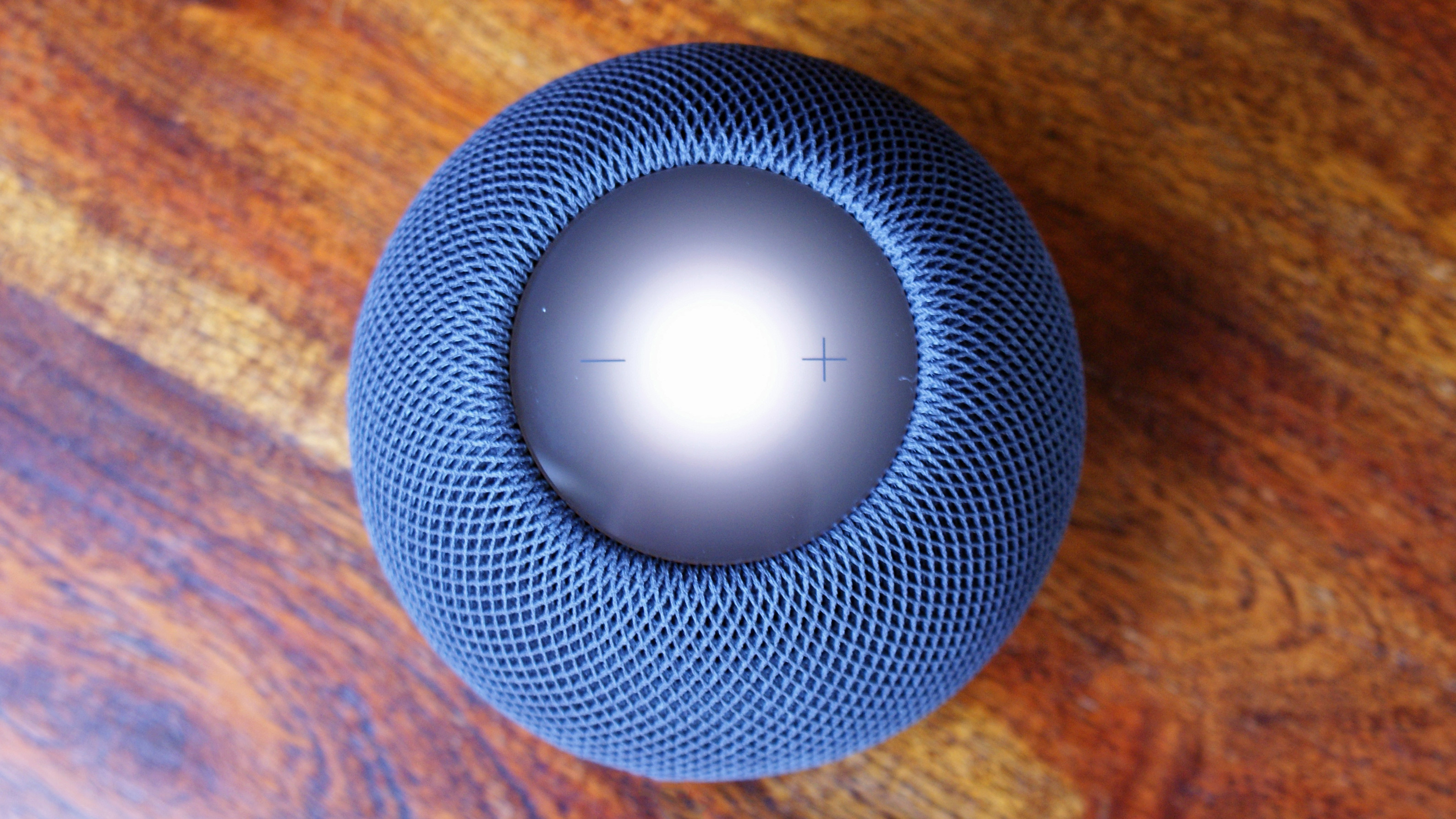
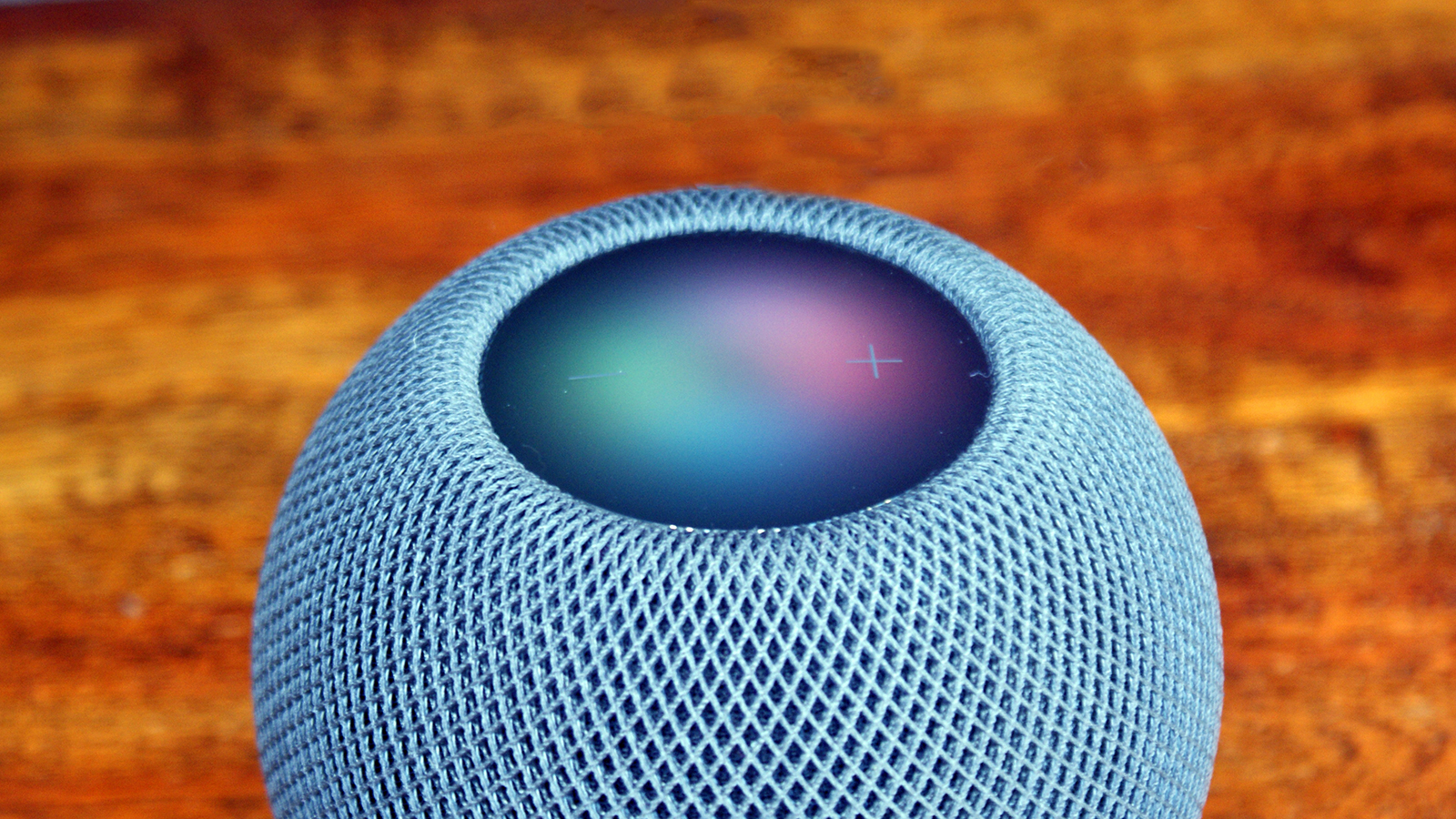
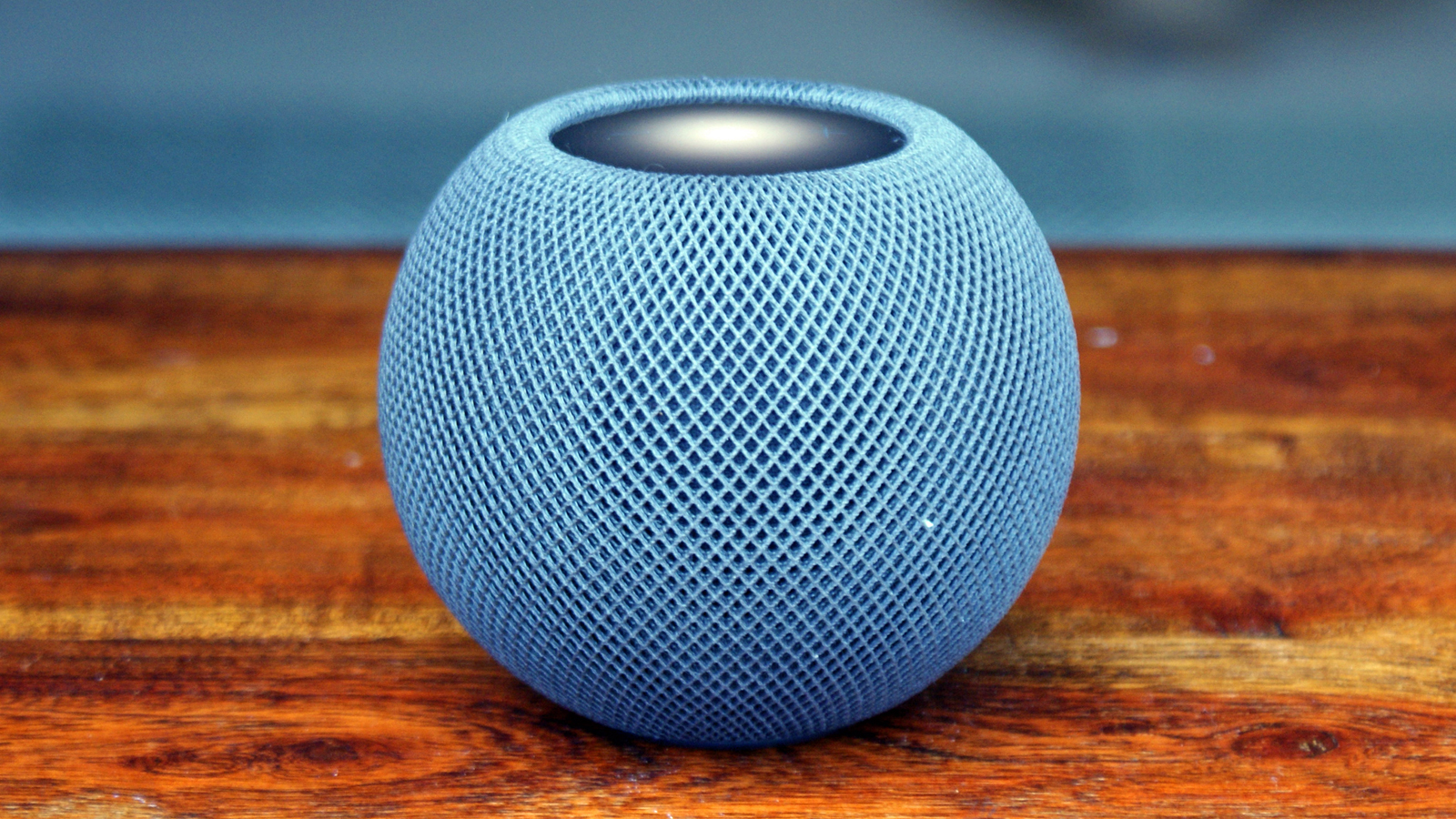
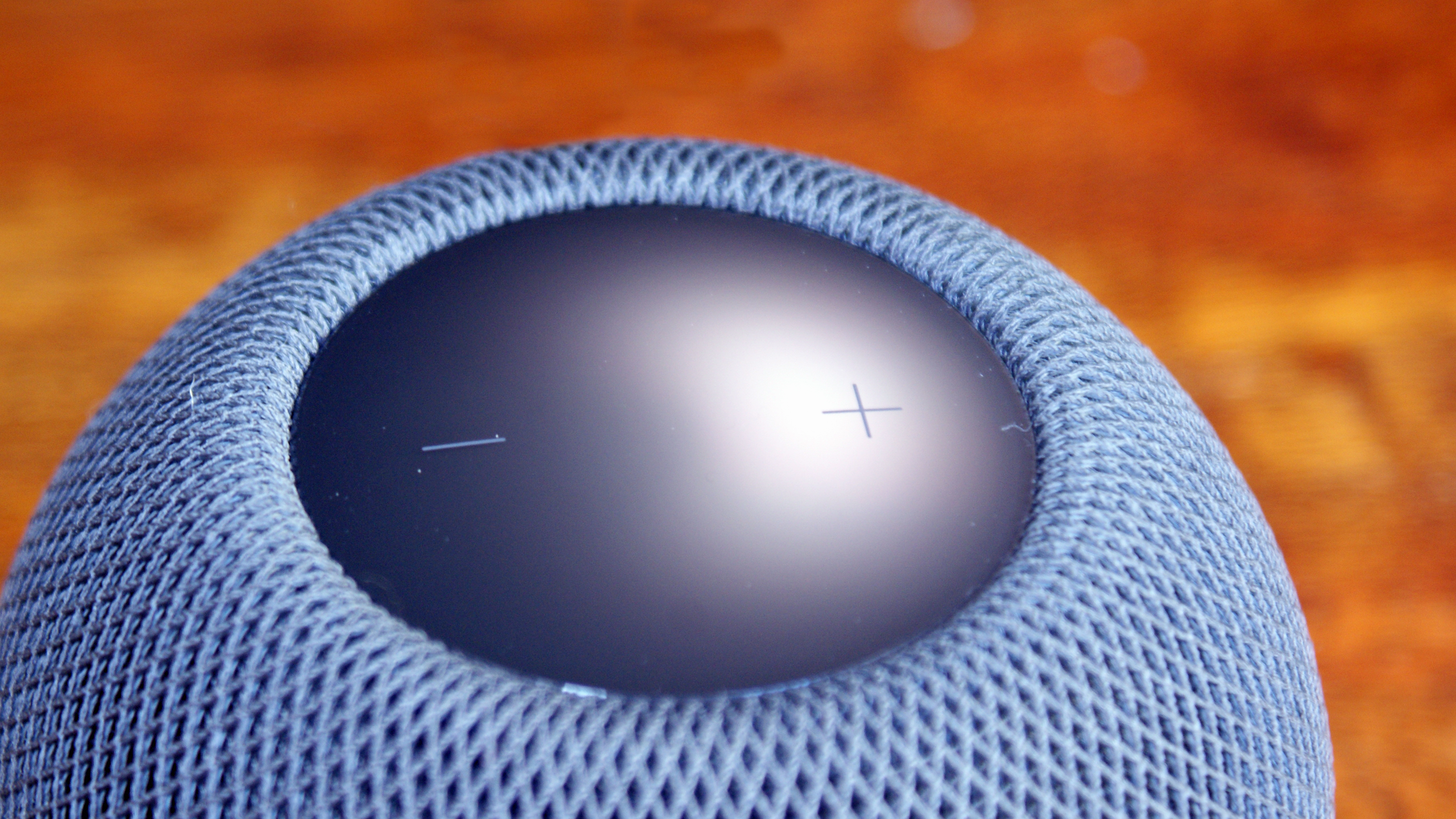
Specifications
Reasons to buy
Reasons to avoid
✅ You like Siri: Siri is your smart assistant in this smart speaker, so only buy it if you're a fan – or you think you could quickly become one.
✅ You use Apple Music: There are ways to play things without a subscription, but to use music-based voice commands seamlessly, you'll need one.
❌ You're an Android user: You require an Apple device to set this up, and the only way to stream music to it from your phone is Apple AirPlay 2.
❌ Things might get messy: The fabric outside doesn't clean as easily as options with hard grilles on the exterior – don't put one too close to your cooking area.
If you want to enter the Apple smart ecosystem or you have an Apple Music subscription, the Apple HomePod Mini is the wireless speaker we recommend. It is a few years old now, launched in late 2020, but we think it’s a solid choice and cheaper than you might expect – although frustratingly Apple Music discontinued the cheapest way to get it up and running, its Apple Music Voice plan, in Nov 2023.
It’s for Apple users only as you need an iPhone or iPad to set it up. The process is remarkably straightforward. “It's easily the best we've seen for any smart speaker,” we commented in our review. “Especially if you've not owned a smart speaker before and are worried that setting one up would be a complicated business.” Although if you don’t have an Apple Music subscription, you’re limited in music streaming. For example, we discovered that you can't ask the HomePod mini to play music through Spotify – you’d need to enable that through AirPlay, which requires using your phone rather than the simpler method of asking Siri.
However, we highly rate the HomePod Mini’s sound quality, which delivered clear treble and smooth mids during our tests. Our review noted that “the bass isn't too heavy, vocals aren't lost in the mix, and when you pair two minis, the stereo experience is really immersive.” Of course, you’ll find a better audio experience with a bigger, more powerful speaker, but considering the Apple HomePod Mini is so small and affordable, it’s excellent. “It really feels like the right mix of value for money and sound quality,” we wrote in our review.
Design-wise, the Apple HomePod Mini is a small sphere – this is how it pumps out 360-degree sound – with clean lines and a grey or white mesh, depending on your chosen color. In our review, we wrote that “the latticed fabric housing blends nicely into the background, and the top glows with a pleasing light.” However, we did note there should be an option to dim or turn off the light at night if you’re using the speaker to listen to calming music as you sleep.
As for other Apple options, the original HomePod has been discontinued, but the February 2023 Apple HomePod 2 is still around – although we still prefer the Mini between the two. Not sure which is for you? Read our Apple HomePod 2 vs HomePod mini guide, but essentially, the HomePod 2 would suit bigger rooms – and deeper pockets. For everyone else, especially if you like using Siri and have an Apple Music subscription, buying a couple of HomePod Minis instead would be an easy, great-value choice.
Of course, this might all change when the rumored HomePod mini 2 arrives. Nothing officially has been announced yet, but if it comes bearing notable smart improvements, as well as better sound, it'll trounce most things in this list. Maybe don't let that sway your opinion just yet, but it's worth considering if you want to wait a couple of months before you decide and really value having the most bang up-to-date tech in your home.
Read the full Apple HomePod mini review
Features | Lots of smart home features, thanks to Siri. Very much one for the Apple users. | 4/5 |
Sound quality | Strong and capable sound for a small speaker. Good balance across the range, which worked well with all genres. | 4/5 |
Design | An understated and minimal spherical design – ideal for 360-degree sound. Compact enough for small spaces. | 4/5 |
Value | Ideal if you want a small, compact smart speaker and you have an iPhone – not so great value for anyone else. | 4/5 |
The best wireless speaker for sound under 1000
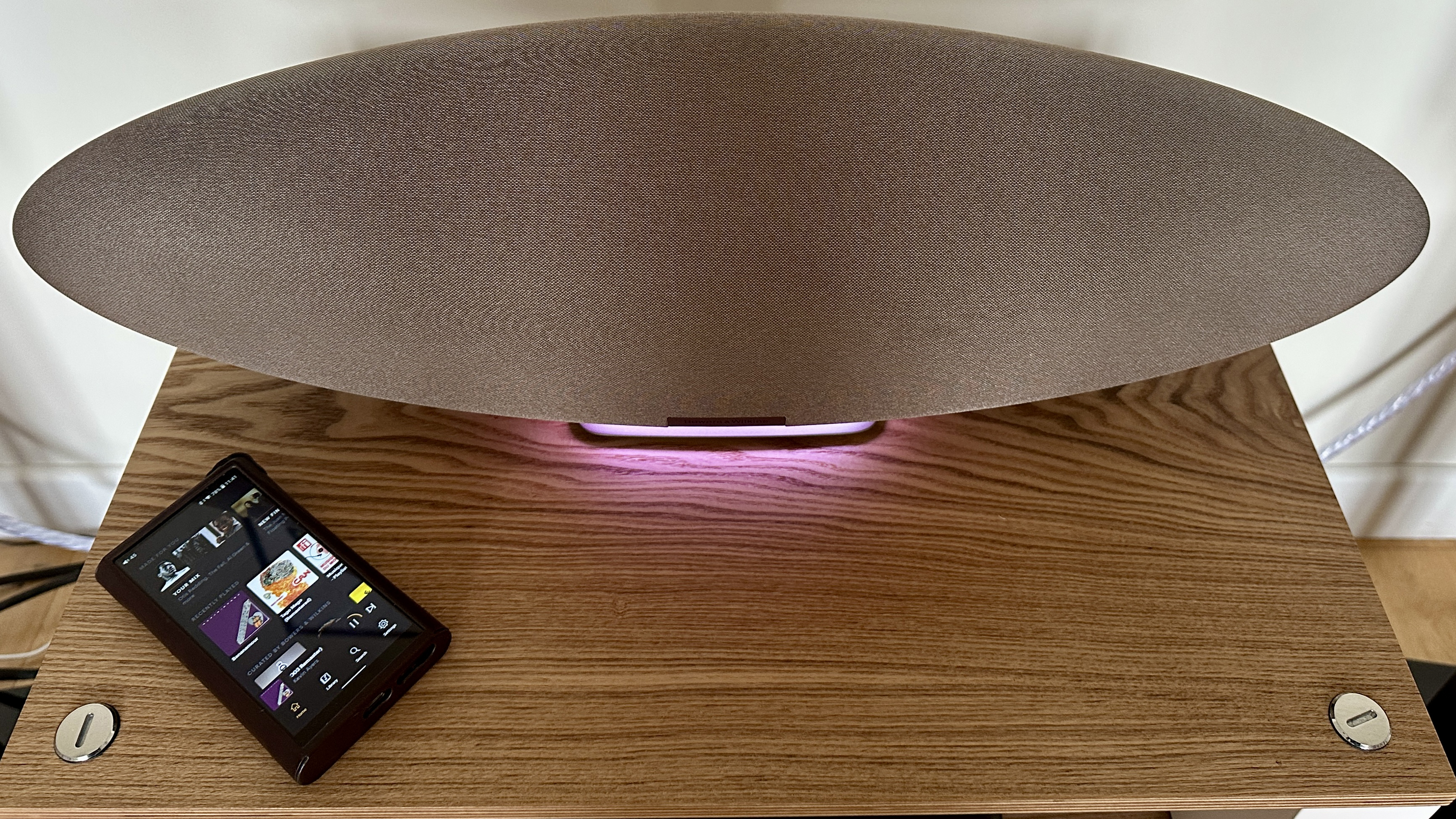
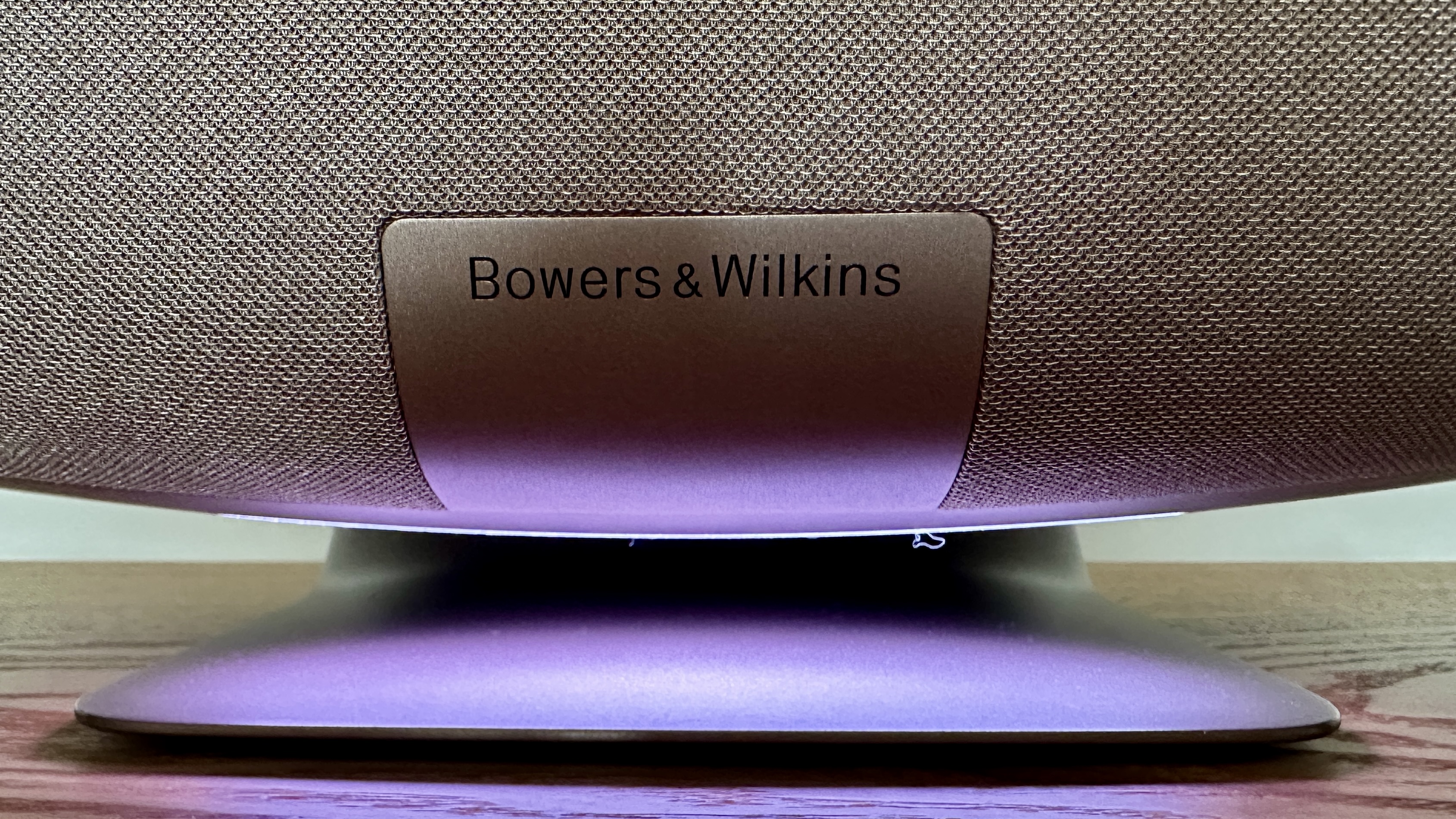
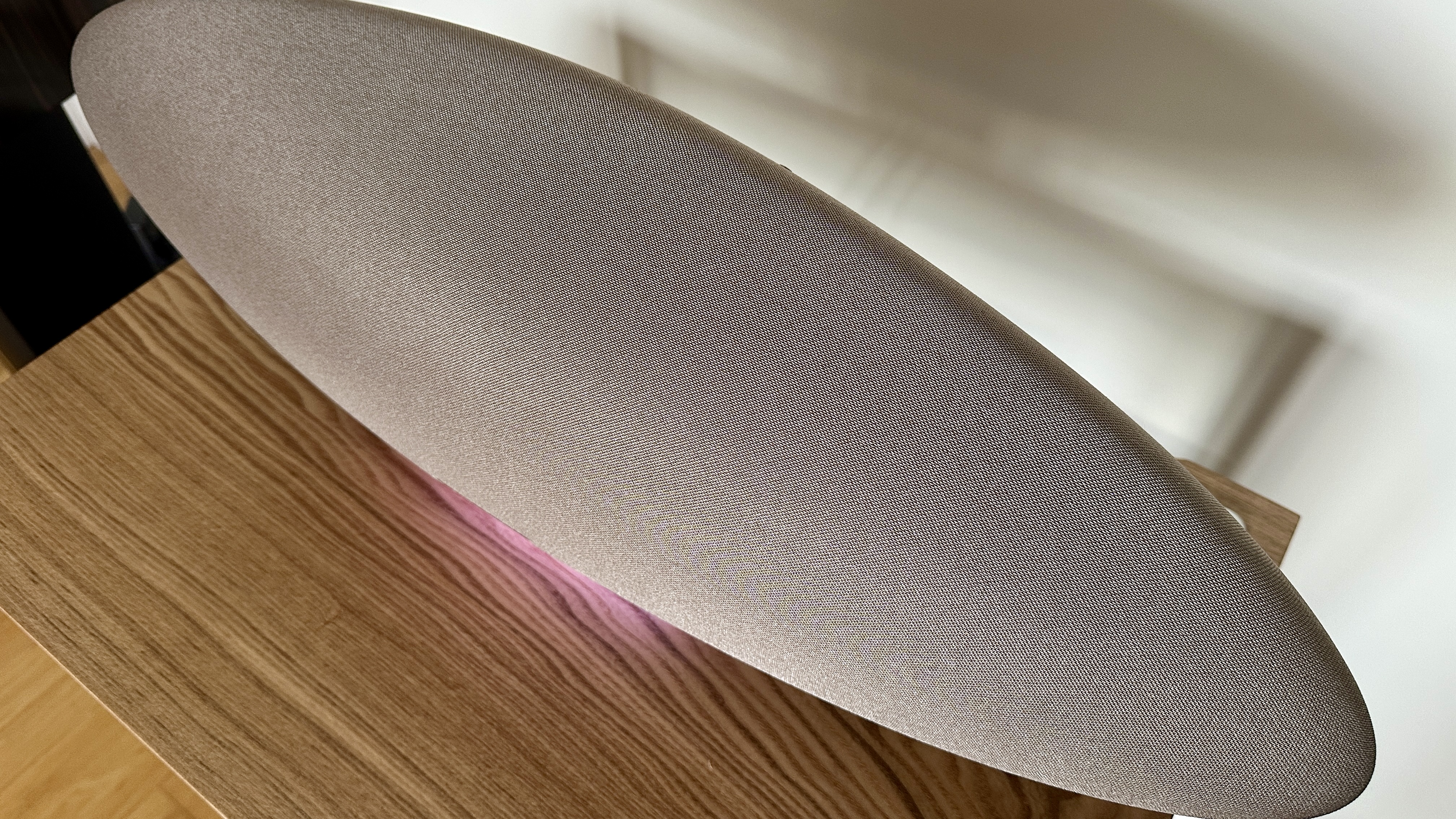
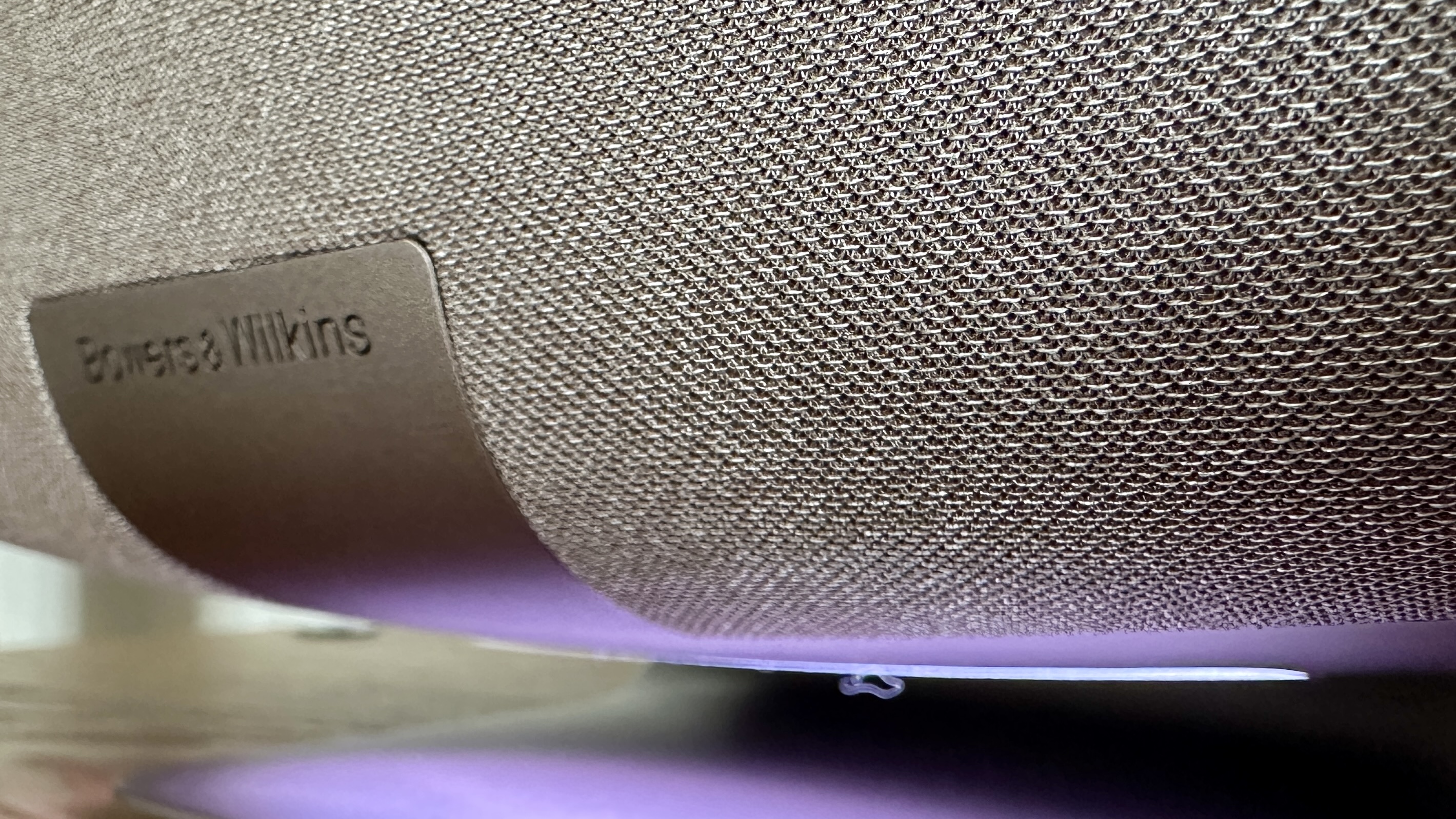
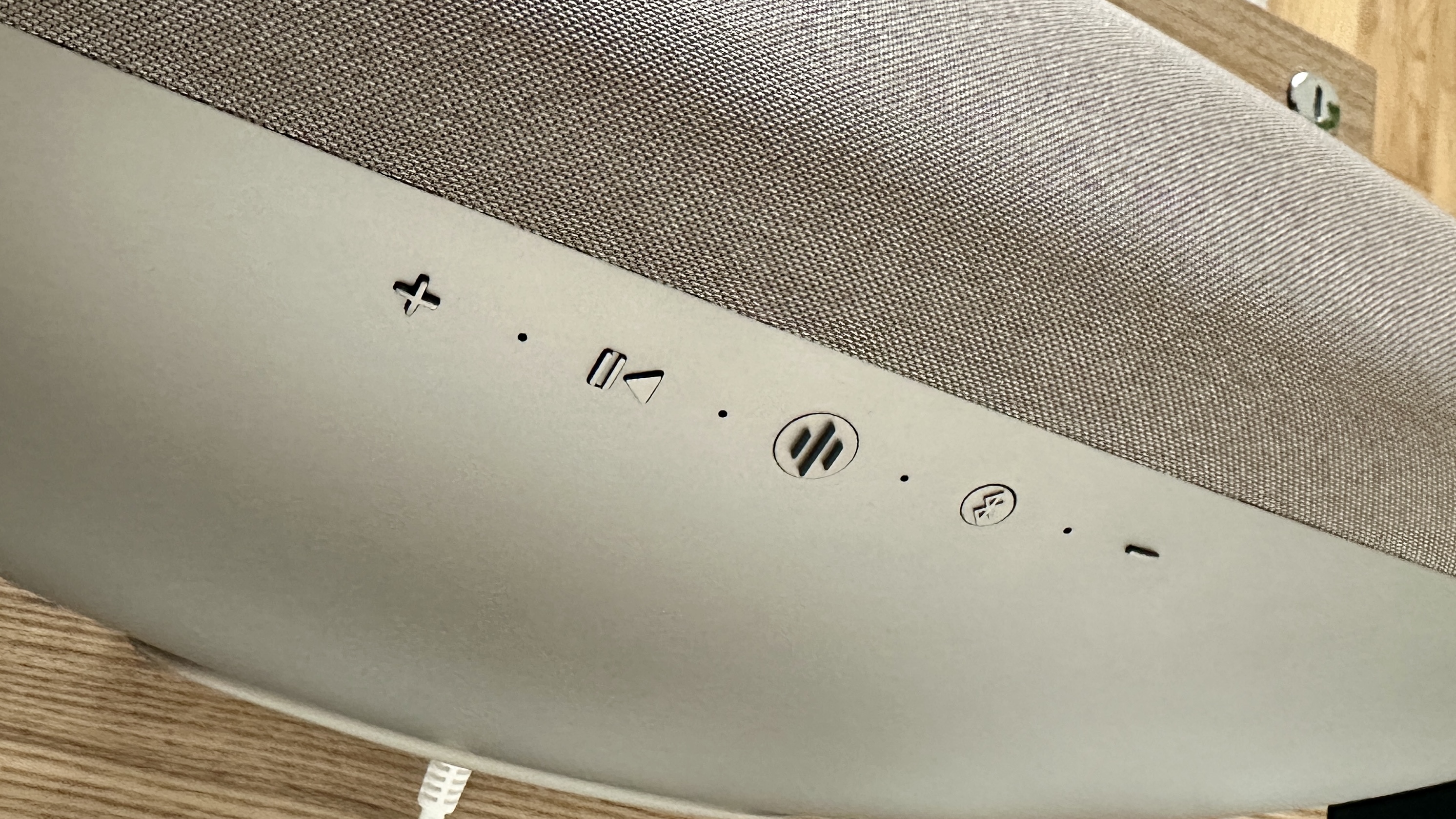
Specifications
Reasons to buy
Reasons to avoid
✅ You want spacious, lively sound: We threw around a lot of superlatives for this speaker, but what stood out most was how open and detailed it sounded.
✅ You like a bold design: B&W has been making the Zeppelin line for years, this is the latest and it's one very distinctive design, that's for sure.
❌ You have a small space: If you want it for a small home or you're hoping it'll slip onto a small gap on a shelf shelf, you should look for something more compact.
❌ You want the latest smart features: There's plenty here, but it does lack wider network compatibility and a voice assistant.
The Bowers & Wilkins Zeppelin Pro is the latest addition to the brand’s iconic Zeppelin line-up, with the same bold, distinctive design that has defined the range. However, beyond the signature look, this Pro model introduces some upgrades.
Under the hood, the specs are impressive. The tweeter array has been reworked, featuring the same titanium dome unit found in B&W’s premium 600 S3 series passive speakers. This is paired with mid-range drivers and a powerful 150mm bass driver, driven by 240 watts of amplification. The speaker also supports the aptX Adaptive Bluetooth codec and integrates with a range of music streaming services and internet radio platforms.
In our review, we described the sound as delivering “a detailed, spacious, and vigorous listen,” capturing the finest details while packing a punch. It offers a well-balanced tone, a smooth frequency range, and an expansive soundstage, delivering a far superior audio experience than you’d expect at this price. No, it's not flawless, but the sound quality is impressive for the budget.
As you’d expect from B&W, the build quality and finish are excellent. The Zeppelin-inspired design makes a statement in any space, and with good reason, it looks as premium as it sounds. Available in two finishes, ‘Solar Gold’ and ‘Space Gray,’ it also features 15 different ‘ambient light’ colors, this is a nice touch and they illuminate the speaker’s base. While it’s not the most high-end wireless speaker in this guide, it’s the best option if you’re looking for top-tier sound and design while staying under the $1,000/£1,000 mark.
Read our full Bowers & Wilkins Zeppelin Pro review
Features | There's aptX Adaptive, multi-room, and more – but limited smart connectivity holds it back marginally. | 4.5/5 |
Sound quality | Spacious and punchy with great clarity, though a touch more dynamic energy wouldn’t hurt. | 4.5/5 |
Design | Impeccably built with bold Zeppelin styling, a choice of finishes and some cool lighting colors. | 5/5 |
Value | Pricey, but strong performance makes it a solid one-box investment. | 4/5 |
The best wireless speaker for connectivity
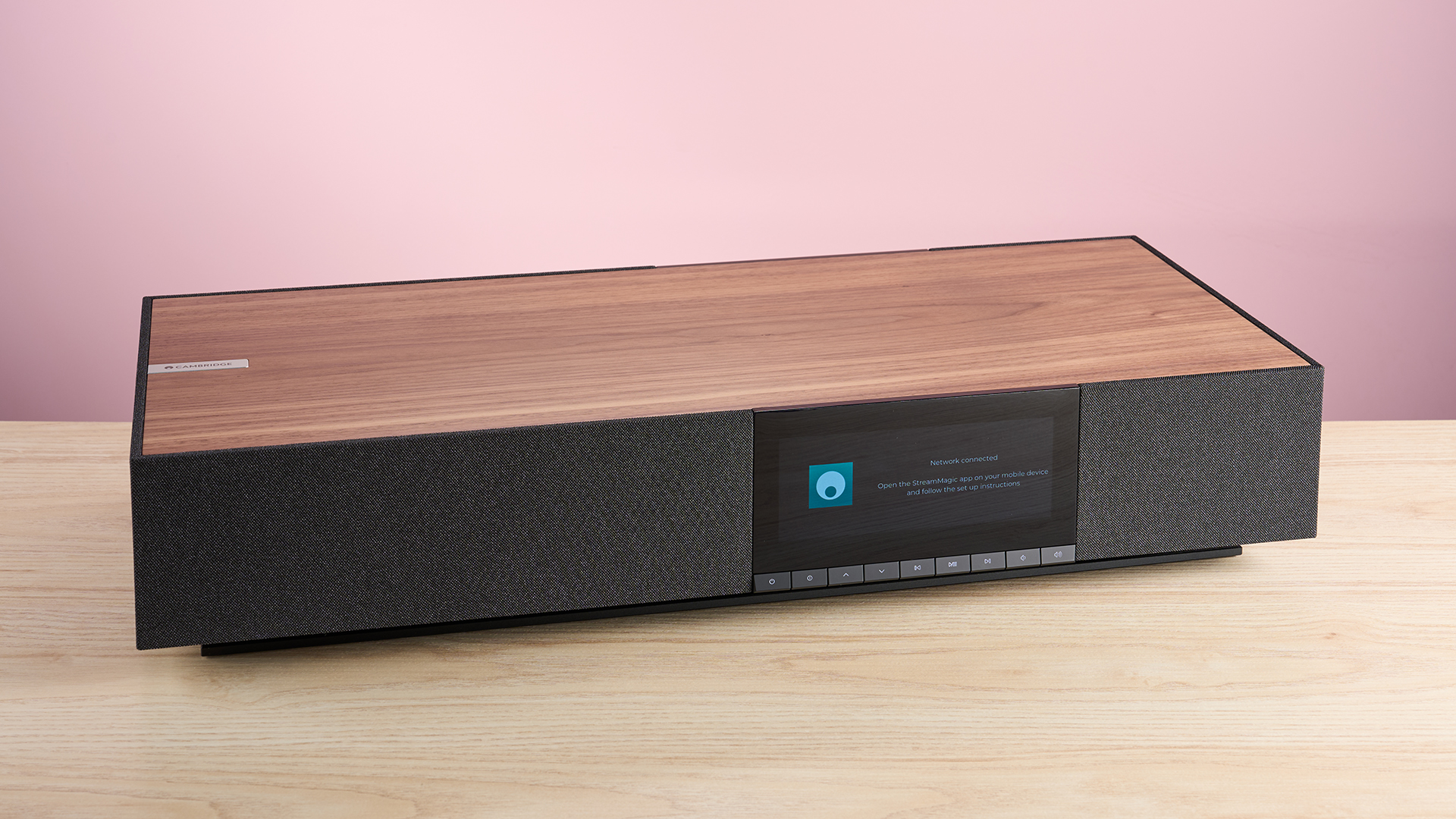
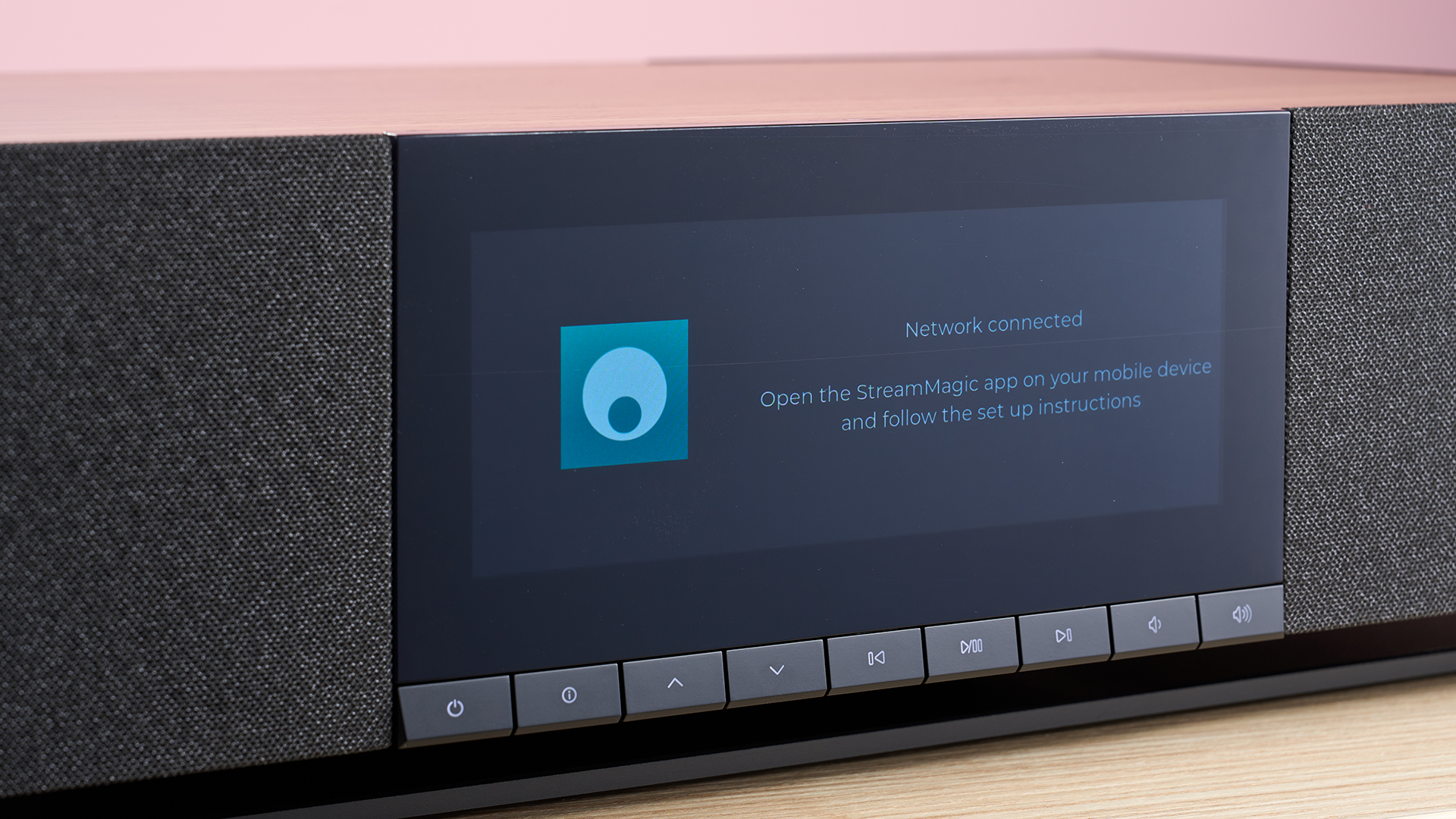
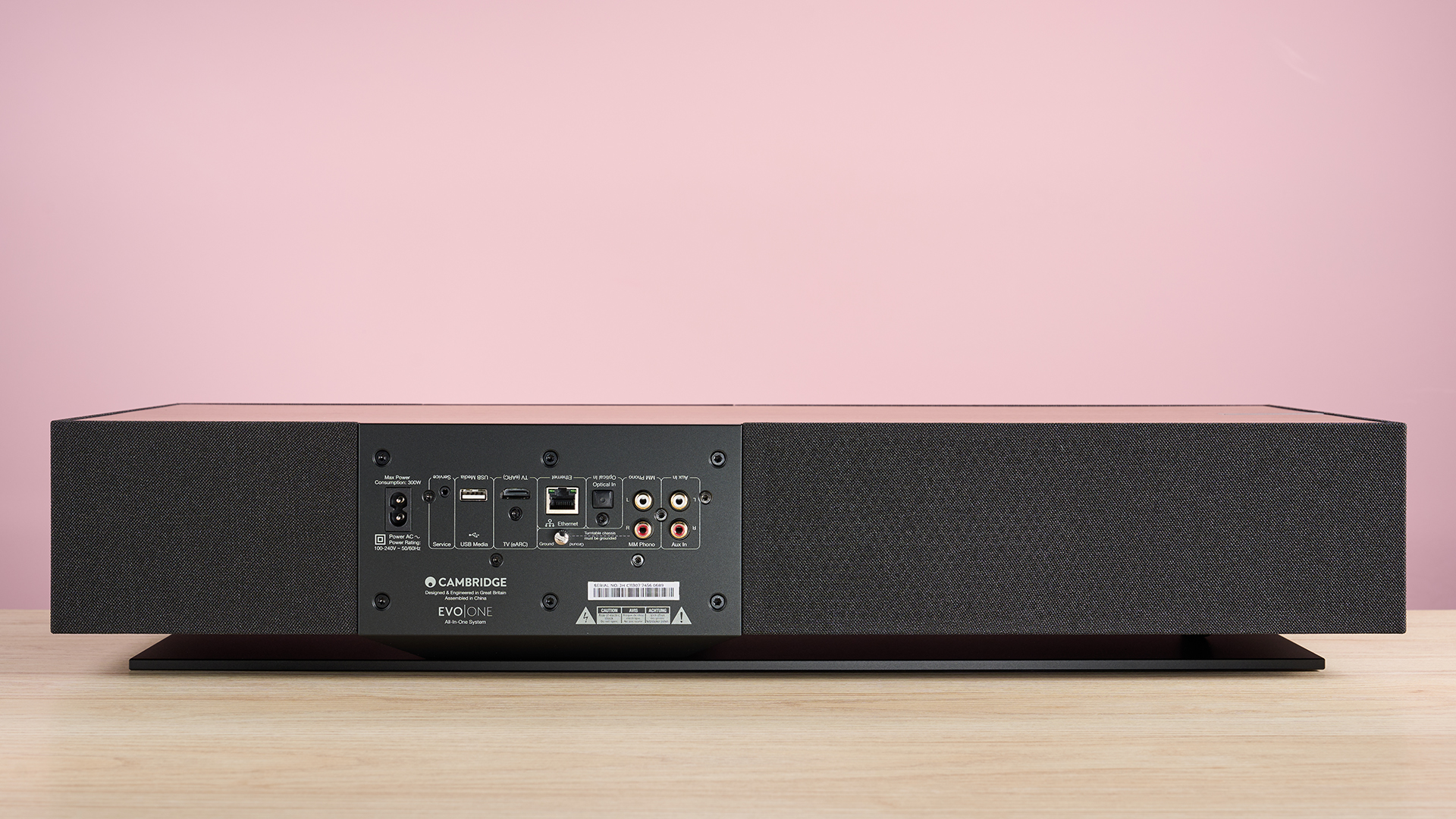

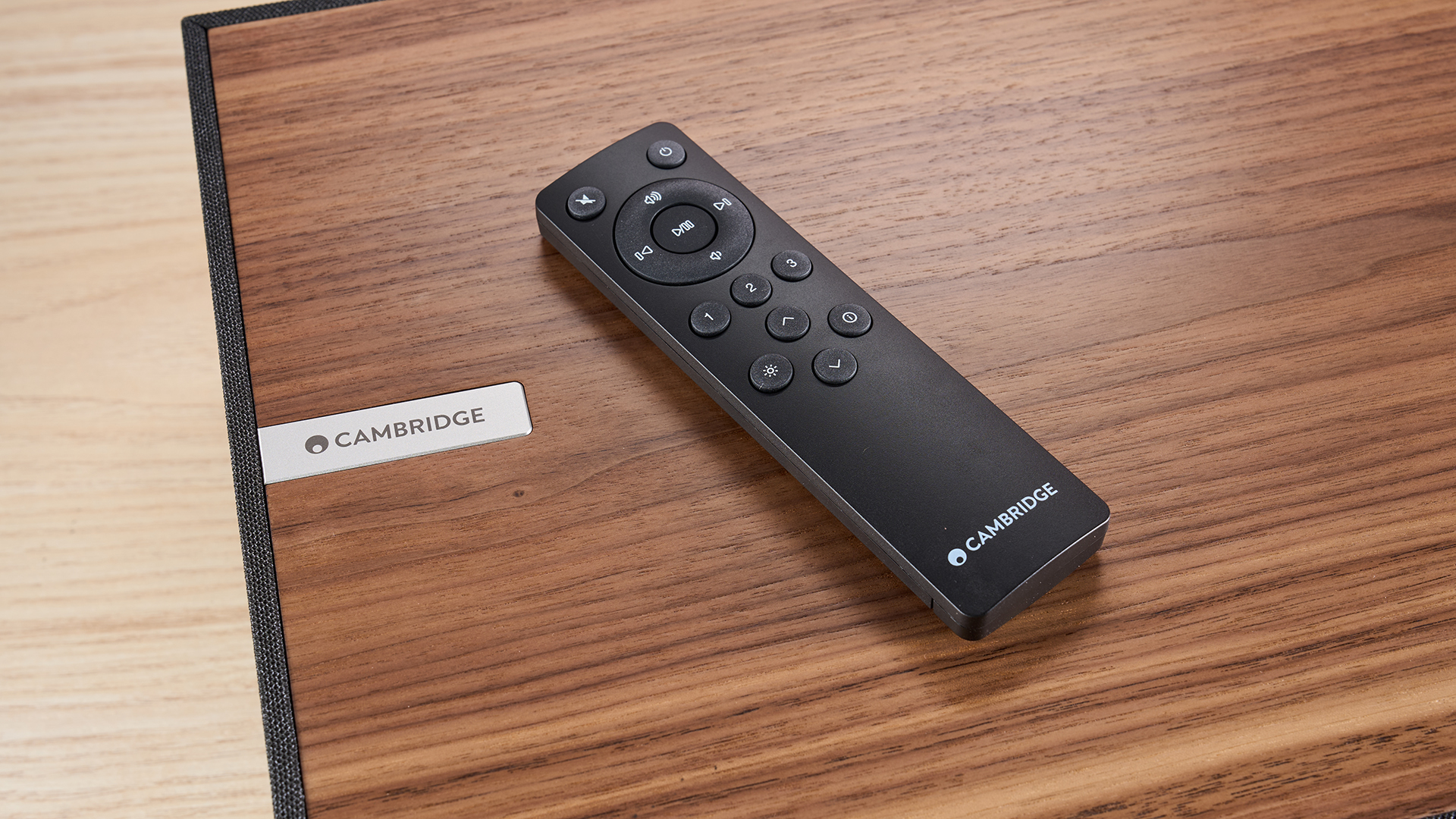
Specifications
Reasons to buy
Reasons to avoid
✅ You want a powerful, all-in-one solution: It takes the place of four or five separates, so for a simple set-up or if you're tight on space, it's ideal.
✅ You want bold, confident sound: Get it properly optimized and feed it high-res material and it delivers exquisite audio.
❌ You were considering a soundbar: It's a great wireless speaker and has an HDMI input, but it won't give you the height channels and wide soundstage of the best soundbars.
❌ You don't want to pay a premium price: This is an expensive speaker, which means the experience is premium, but so is that price tag.
If you're looking for a wireless speaker that ticks all of the key boxes – like style, sound quality, specs, and a wide range of connectivity options – we highly recommend the Cambridge Audio Evo One.
This speaker is packed with features. In our review, we noted that the Evo One functions "more like a hi-fi than a single speaker." It boasts 14 drivers, each powered by 50W of amplification, delivering an impressive audio experience.
As well as Bluetooth 5.1, it can stream hi-res audio up to 24-bit/192kHz from services like Tidal and Spotify, with multi-room support via Google Home, Apple AirPlay 2, and Roon. You can also stream internet radio, play music via USB at an ultra-high 32-bit/384kHz, use it as a TV speaker via eARC, or connect a turntable.
Give the Evo One hi-res audio, and it delivers. In our review, we praised its "exquisite balance and impressive separation of different elements." Yes, it may lack the height channels and expansive soundstage of a top-tier soundbar, but it makes up for it with rich, detailed sound that stands out in any multi-room setup.
Its design is as impressive as its performance. The Evo One looks premium, feels well-built, and features a sleek display. But it’s on the larger side, so you’ll need to make sure you have space. If you do, it’s an elegant addition to any home.
Yes, it’s expensive at $1,499 / £1,299 / AU$2,495, but if you’re looking for an all-in-one system that replaces four or five different separates while delivering stunning sound, you've found it. With its connectivity options and easy setup, the Evo One is our top pick for those who want a premium wireless speaker that looks as good as it sounds.
Read the full Cambridge Audio Evo One review
Features | Stacks of features that make it feel more like a full hi-fi system than a solo speaker. | 5/5 |
Sound quality | Rich, precise, and immersive – it seriously impresses for music or even movies. | 4.5/5 |
Design | Sleek, solid, and stylish, with a display that adds polish to the premium feel. | 4.5/5 |
Value | It’s pricey, but few rivals match this level of sound and feature set for the money. | 4/5 |
The best wireless speaker for portability
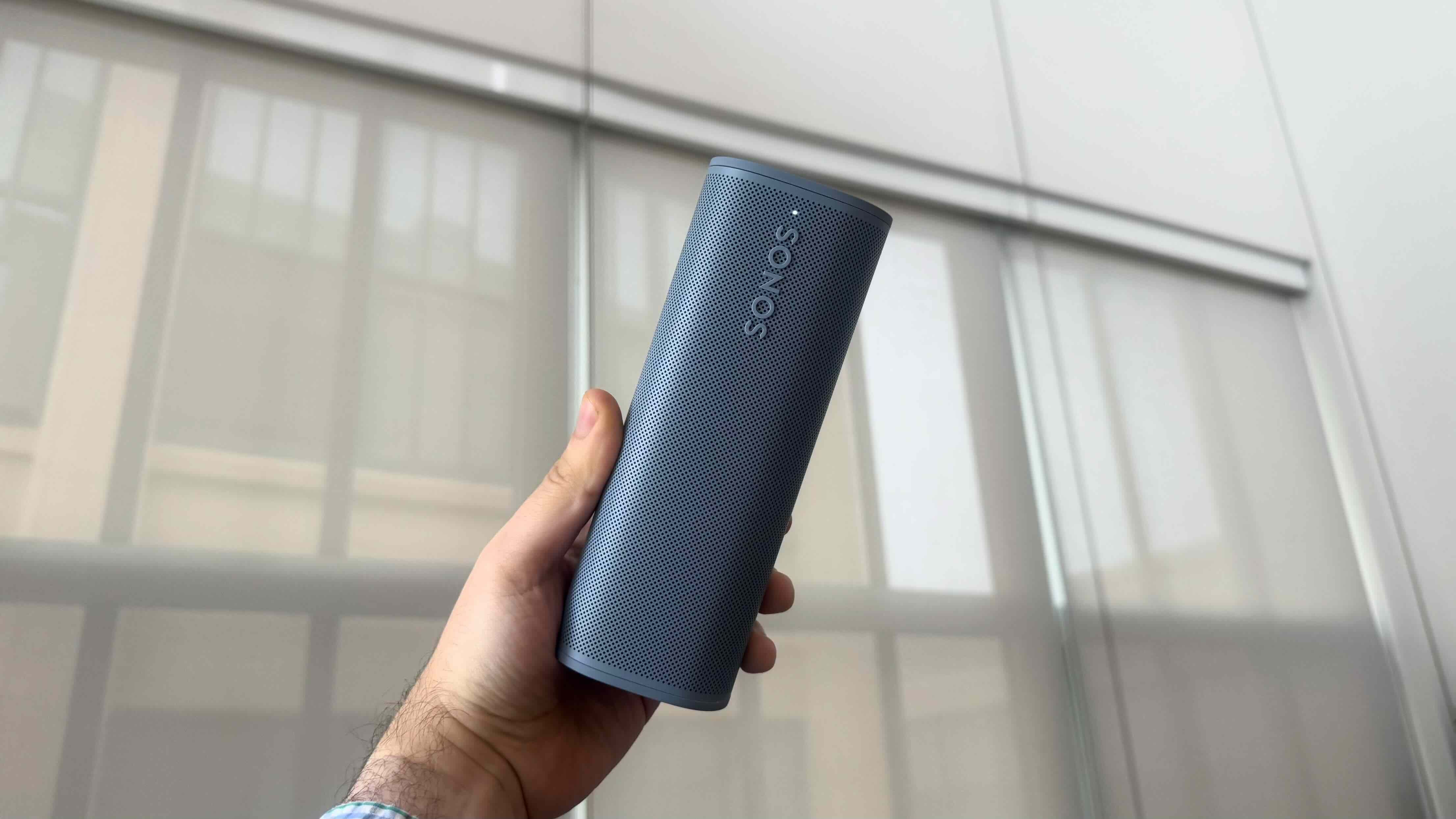
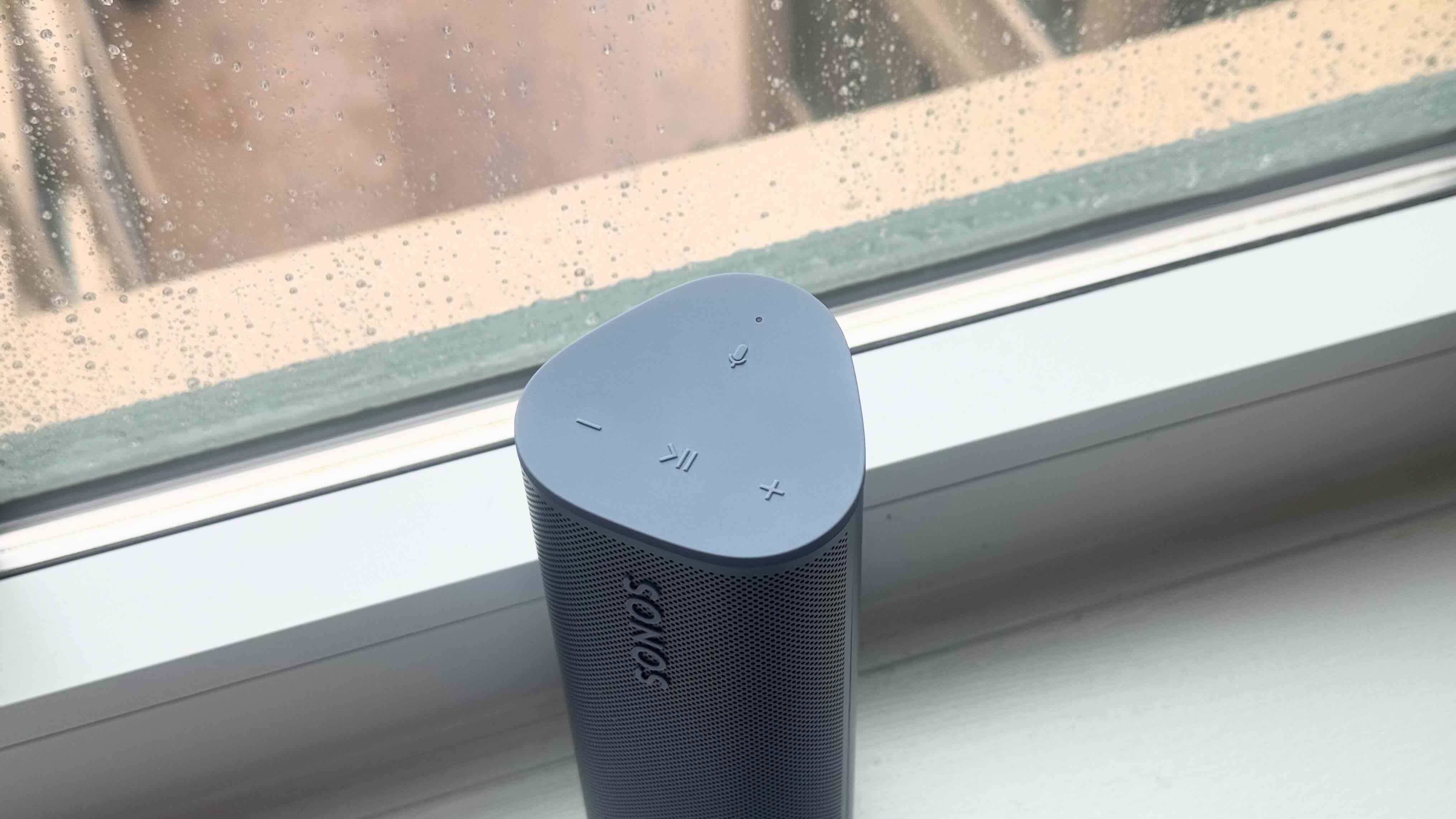
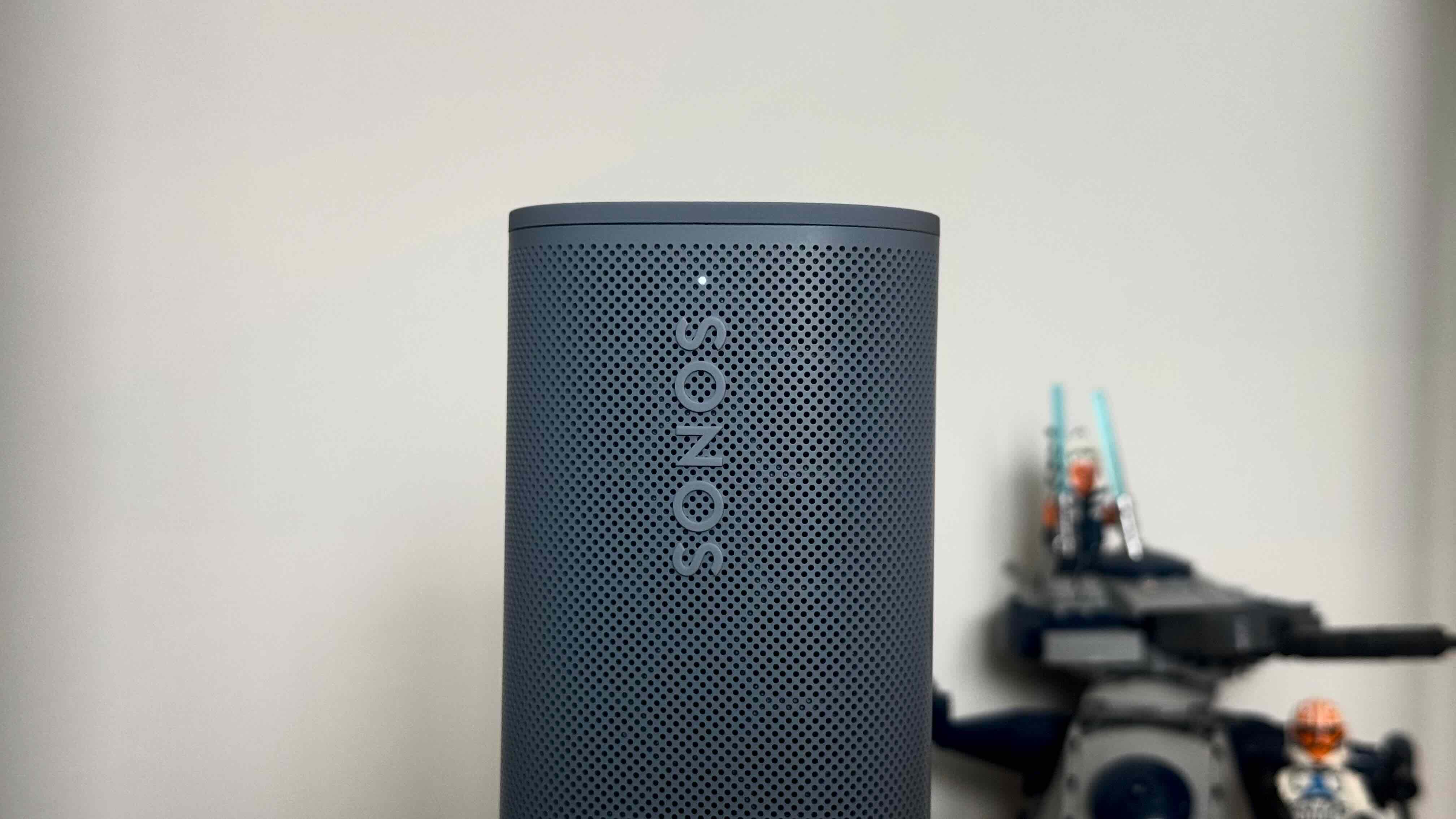

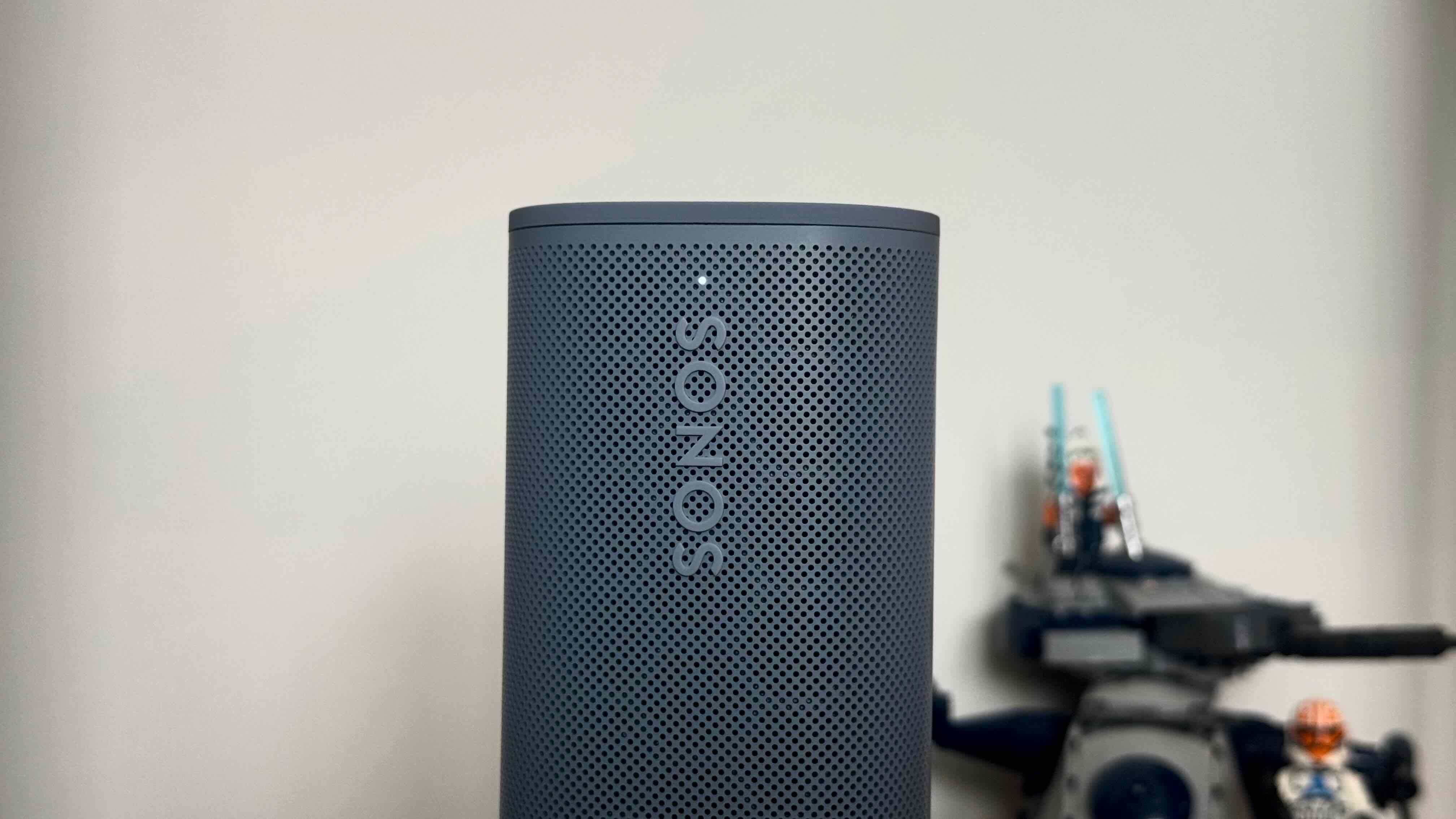
Specifications
Reasons to buy
Reasons to avoid
✅ You have other Sonos devices: The Roam 2 fits very well into the existing Sonos ecosystem, as well as for users of AirPlay 2.
✅ You want a simple, portable speaker: It's very easy to carry this speaker around with you, good for use at home or on the move, thanks for Bluetooth connectivity.
❌ You want all-day and all-night listening: It's a shame it doesn't last longer as it's a solid portable pick, but 10 hours isn't bad – it just isn't great.
❌ You want big, audiophile sound: It's a small speaker, and that limits what it can do – other options here offer way more scale and expansiveness.
The Sonos Roam 2 is our top pick if you're looking for a hybrid indoor and portable wireless speaker, making it ideal for travel, any activities outside or just for round the house so you can easily move it as you get on top of chores. A minor upgrade on the original Sonos Roam, this second version boasts very powerful sound for such a small box, a rugged design, excellent connectivity features, and smart home control for when you want to bring it indoors.
The Sonos Roam comes with Bluetooth and Wi-Fi connectivity, which means it can work both as a portable speaker on the go, and part of your wider multi-room Sonos system when at home. With Google Assistant and Alexa onboard, it doubles up as a smart speaker, too. The only thing that disappointed us here was the battery life, which will get you 10 hours – the same as the first Roam. These days that’s below the standard of many other wireless speakers, so we recommend you take a power bank with you if you’re using it out and about.
In our review we wrote you can expect “an excellent sound that punches far above the sheer size” of this small speaker. Like the original Roam, this is thanks to the two class-H amplifiers inside, which have a high-efficiency motor that Sonos says increases the power and range of the audio output, as well as a custom racetrack mid-woofer, and a tweeter. We described the audio as providing "a rich, clear, and balanced experience" in our review. You can make adjustments as you listen thanks to the Sonos app which has EQ settings built-in. There’s also a feature called Automatic Trueplay, which basically means the mix will adjust to make sure it sounds good wherever you’re listening. While it's powerful for such a small speaker, we should make clear that it obviously doesn't fill a larger room with detailed sound in the way that larger speakers here do
Looks-wise, it's similar to the original Roam. It has a slick and minimal build about the same size as a water bottle. Which means it’s small enough to sit on a shelf or a table without looking out of place. It has a rugged build that’s waterproof and dustproof, making it ideal for using outdoors or in a home gym or garage. The one major difference over the first Roam is you’ll find a button on the back that lets you switch between using the speaker on Wi-Fi or Bluetooth. It also now comes in a better range of colors too, including black, white, red, blue and green.
If you already have the original Sonos Roam that came before it, not enough has changed here to justify an upgrade – unless the button on the back is annoying you – but for everyone else, it's a great choice if you want a fantastic-sounding Bluetooth speaker with a premium, portable build and an excellent features list.
Read our full Sonos Roam 2 review
Features | Delivers almost everything you'd want on the go – short battery life is the main drawback. | 4/5 |
Sound quality | Balanced, rich, and makes all genres shine – though this is in the context of it being a portable speaker. | 4/5 |
Design | Minimalist, weather-ready, and easy to use with intuitive controls. | 4.5/5 |
Value | Great sound and design, but better battery life in Bluetooth speakers can be found for less. | 3.5/5 |
The best premium wireless speaker
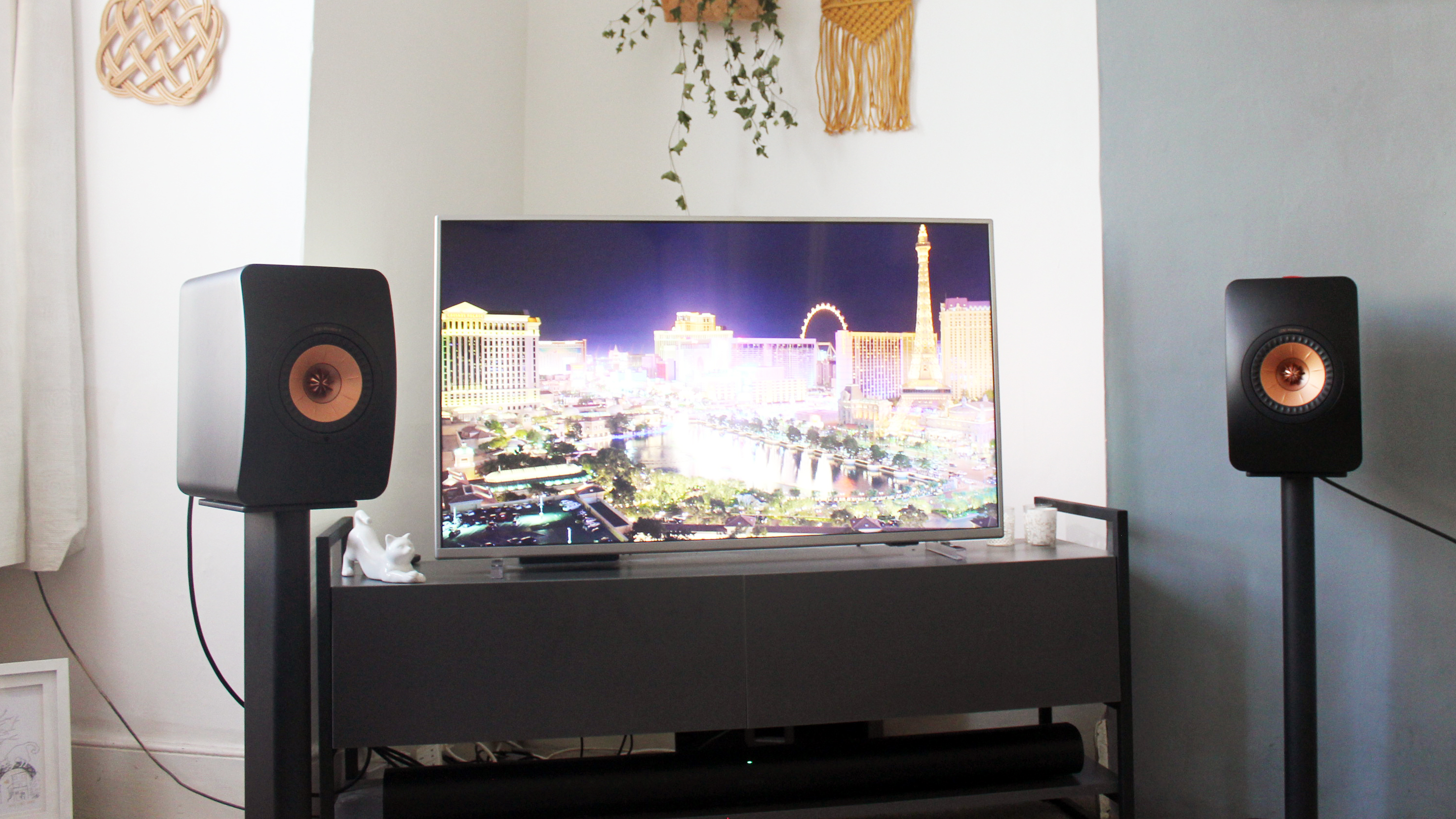
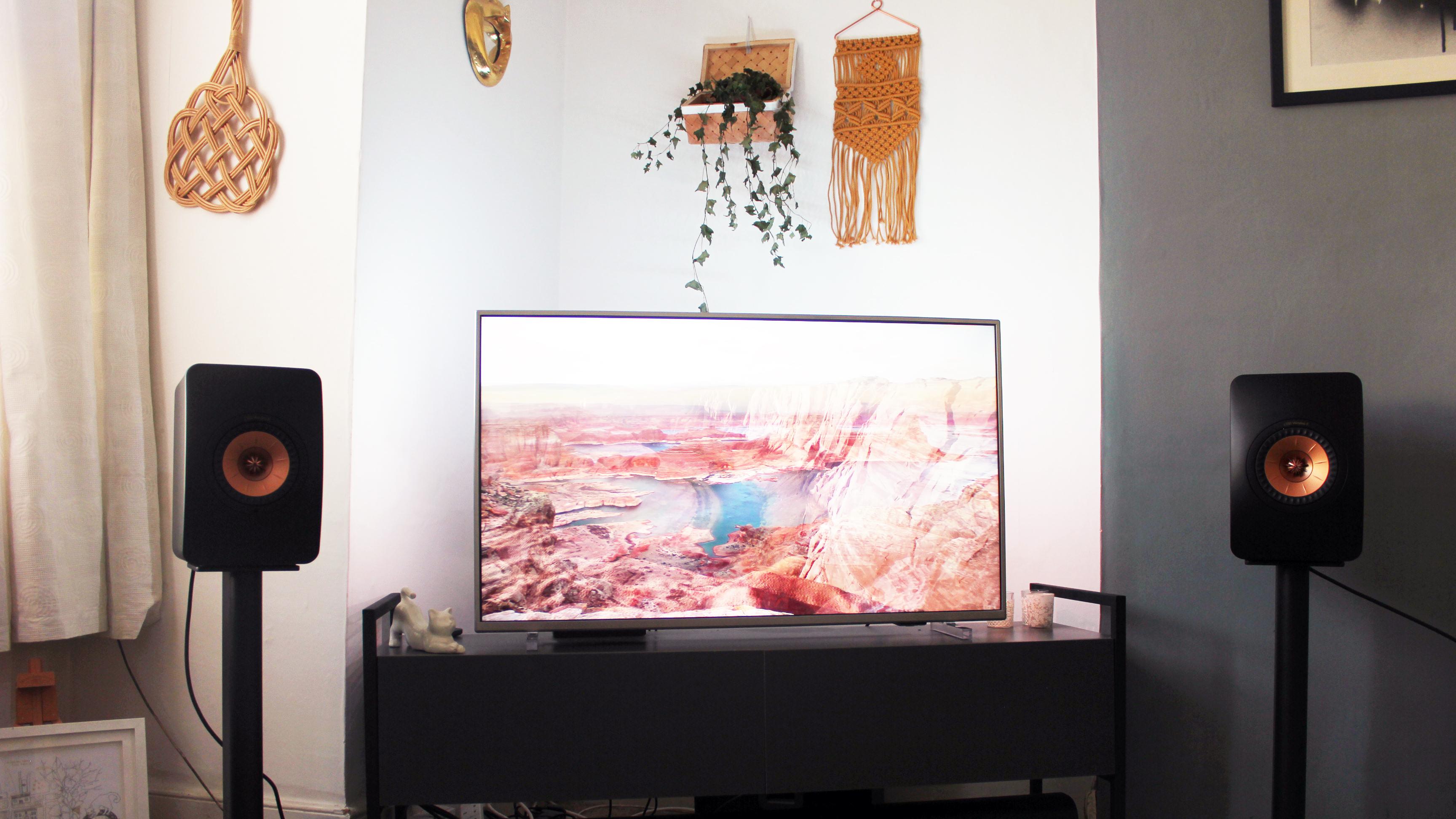
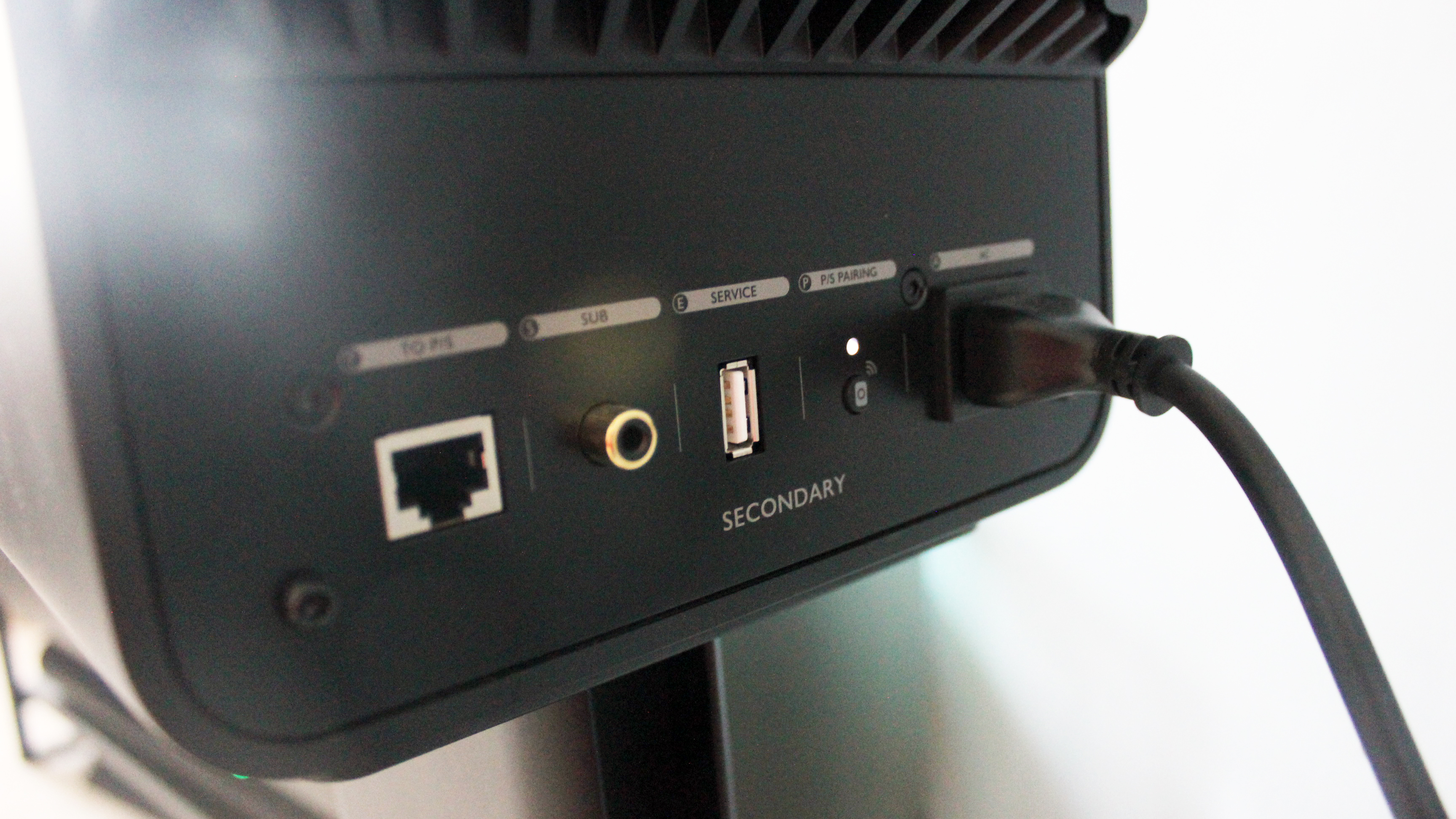
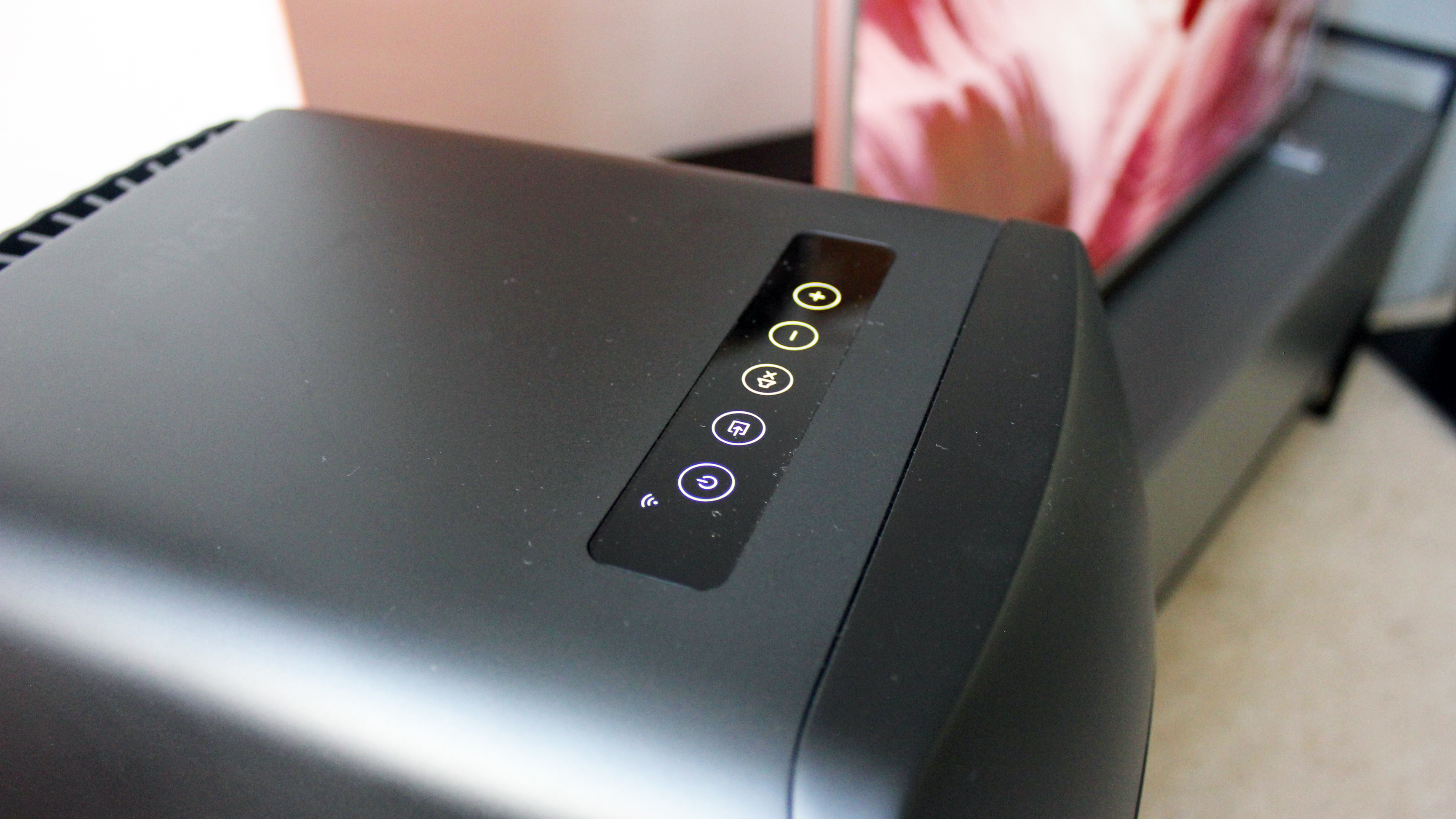
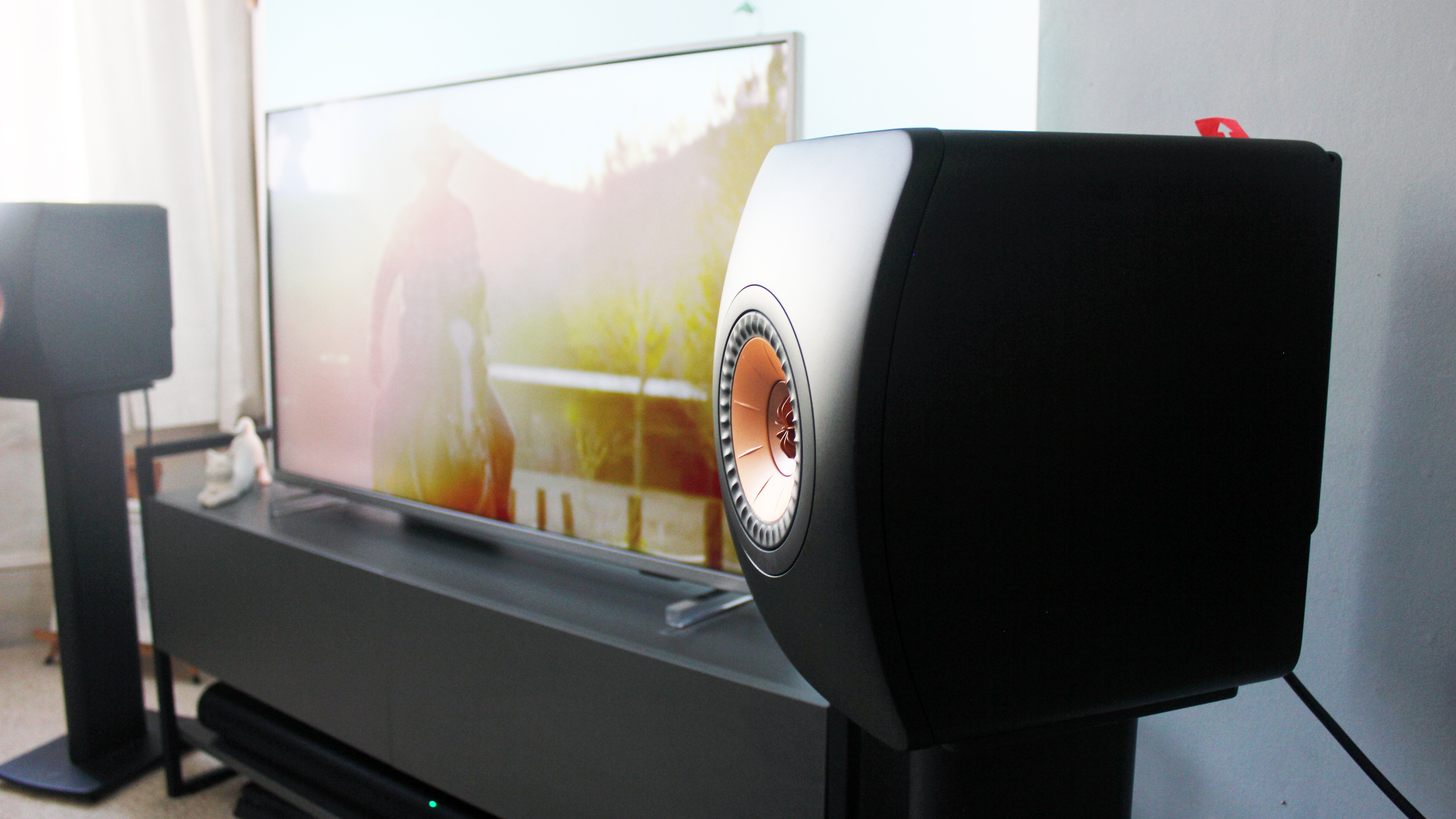
Specifications
Reasons to buy
Reasons to avoid
✅ You want phenomenal, audiophile-grade sound: You've got it all here, Hi-Res Audio, customizable EQ and an excellent, expansive sound.
✅ You like listening from lots of audio sources: If you want to switch between your TV, laptop, phone, turntable and anything else, these speakers make it easy.
❌ You're on a budget: Unfortunately, detailed and impressive sound does come at a steep price.
❌ You need smart features: There's no voice assistant compatibility here (and a few other smart features are AWOL) so you won't be able to control your music that way.
The LS50 Wireless II speakers build upon the success of the LS50 Wireless, which impressed with their detailed sound and connectivity options. The result is a pair of stereo speakers that are the best you can buy today at this price.
One reason some people are put off by stereo systems like this one is that they assume they’ll be tricky. During our hands-on testing, we wrote that setting up the LS50 Wireless II speakers is “blissfully easy.” All you need to do is plug each speaker into power and connect them to your Wi-Fi network. You can then stream from the Spotify app using Spotify Connect or via Tidal, Qobuz, Amazon Music, or Deezer through the KEF Connect app.
With support for Hi-Res Audio, an expansive soundstage, and excellent detail and dexterity, audio quality is nothing short of fantastic. In our review, we wrote: “We’re happy to report that the LS50 Wireless II stereo speakers continue to provide the phenomenal audio quality offered by their predecessors – and then some.” That incredibly well-balanced, detailed, clarified sound may not appeal to bass-heads, but it will to audiophiles. It boasts great stereo separation, and a wide enough soundstage to fill any room.
Not only is the sound great and setup easy, but you can customize it easily. This is because the app is easy to use and gives you access to EQ settings that can be optimized by where you’ve positioned your speakers. You can also adjust the bass extension and treble trim and set low and high-pass frequencies. We’re happy to report that, during our testing, we found that you can pretty much tailor the sound profile exactly to your needs and environment.
There are several color options to choose from, white, black, red, and gray. The system, as a whole, looks stylish and understated. It has a sleek cabinet and a copper-colored Uni-Q driver, which fits a tweeter in the center of the bass and mid-range cone. On top of the primary speaker, you’ll find a touch-sensitive control panel that also comes with an infrared remote control.
They're a little pricey, but they’re well worth the money. These speakers sound amazing, delivering premium sound that’ll fill your room. Add to that a vastly improved app, the ability to adjust the EQ settings, and a blissfully easy setup, and you have a pair of stereo speakers that can ddo no wrong in our eyes.
Read the full KEF LS50 Wireless II review
Features | Lots of connectivity options. Support for Hi-Res Audio. An improved app with adjustable EQ settings. But lacks some smart features. | 4/5 |
Sound quality | Phenomenal sound. Expect a wide soundstage, exceptional clarity and detail and solid, powerful bass. | 5/5 |
Design | A stylish and understated design with sleek lines. Available in four finishes. | 4.5/5 |
Value | They're expensive, there's no getting around that. But if you want excellent, audiophile-grade sound, they're well worth it. | 4/5 |
The best looking wireless speaker
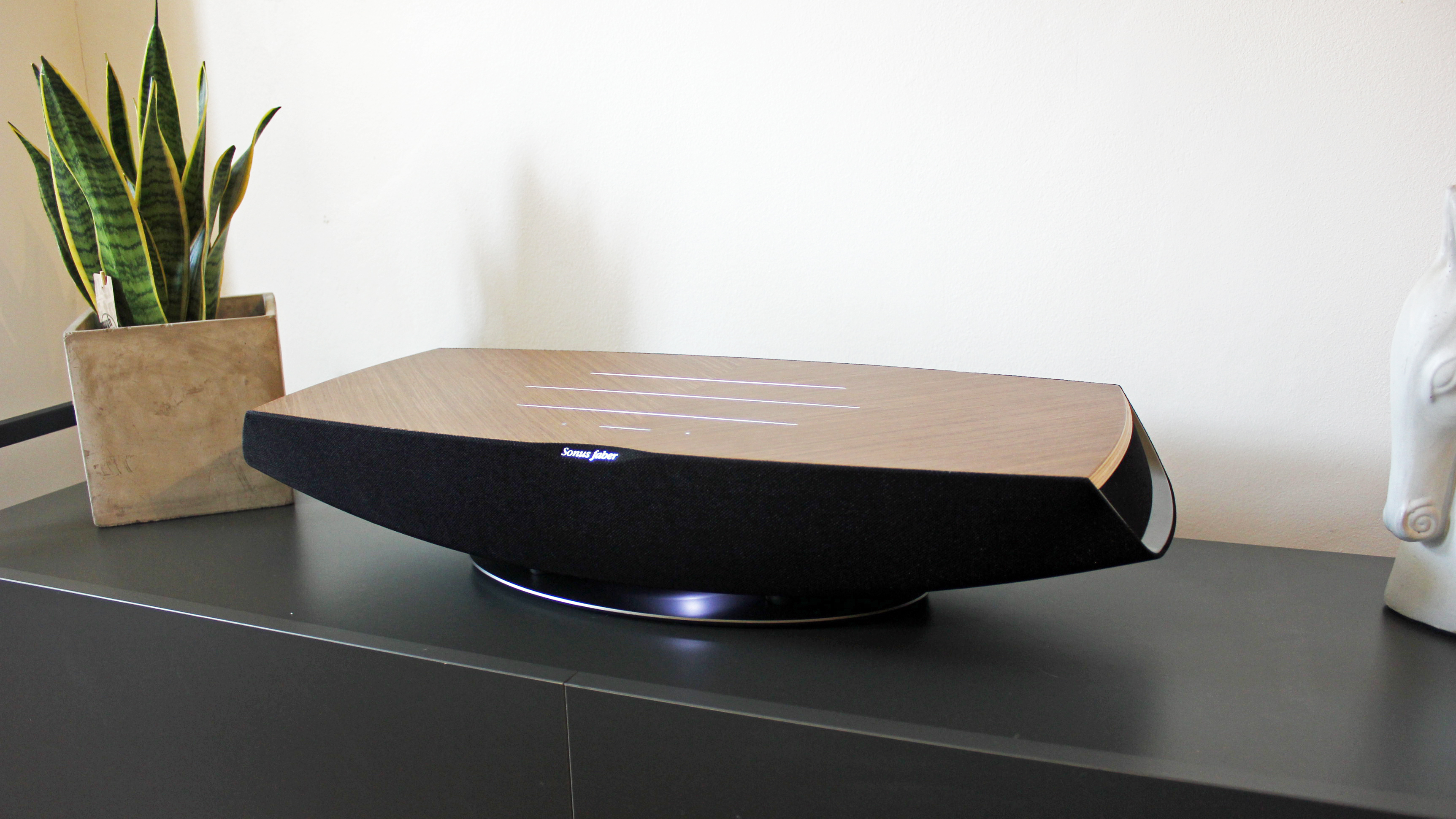
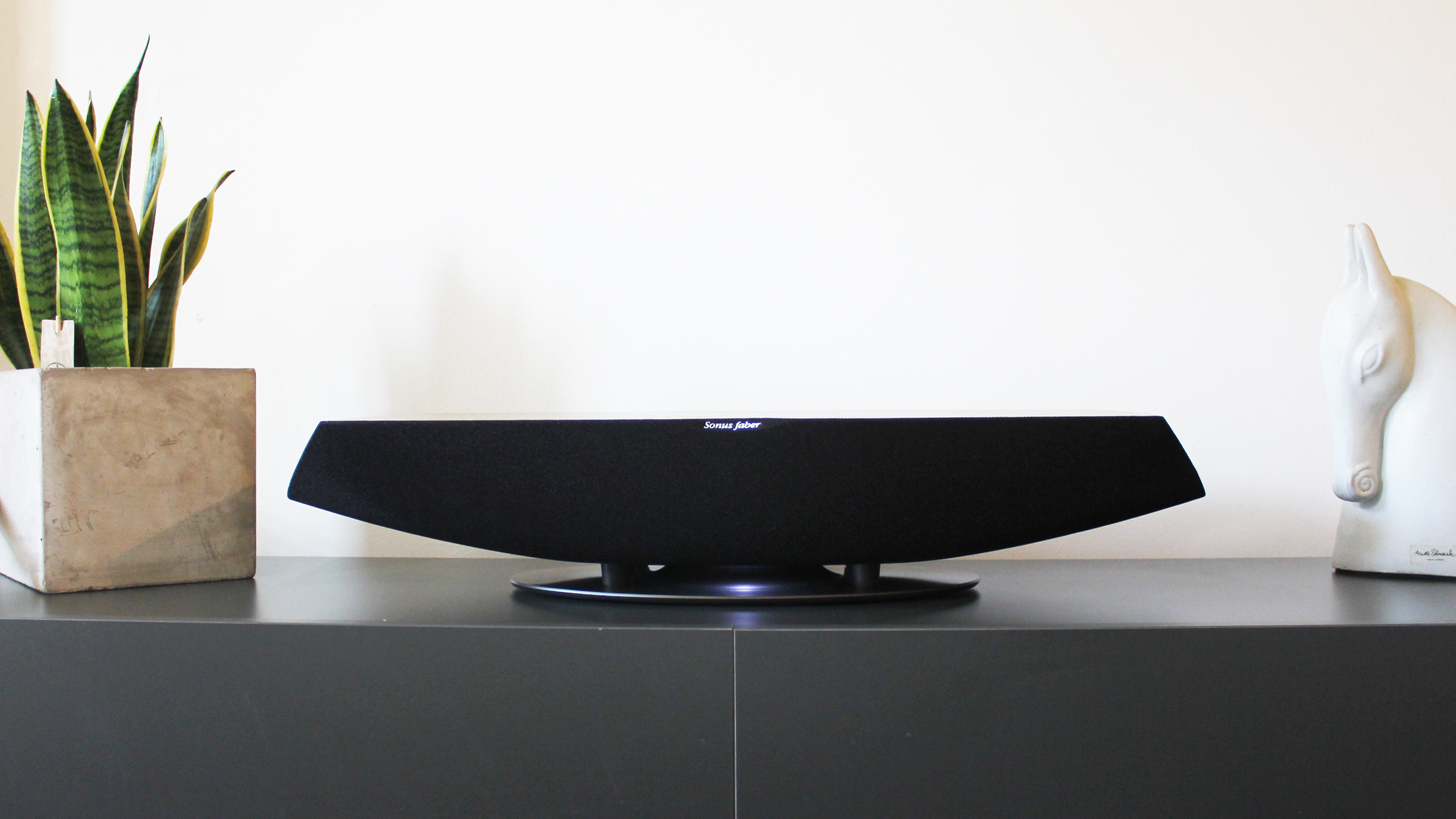
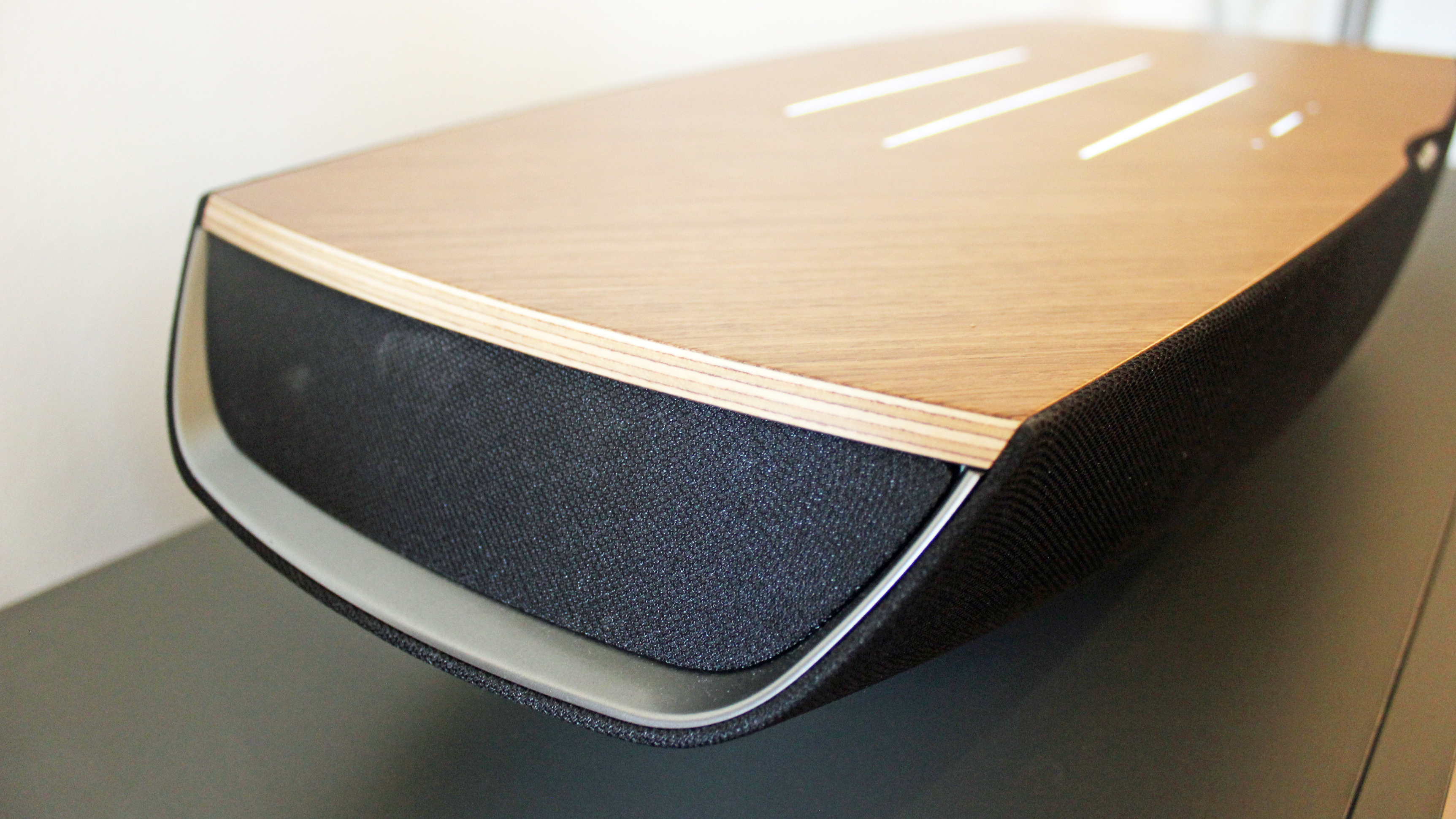
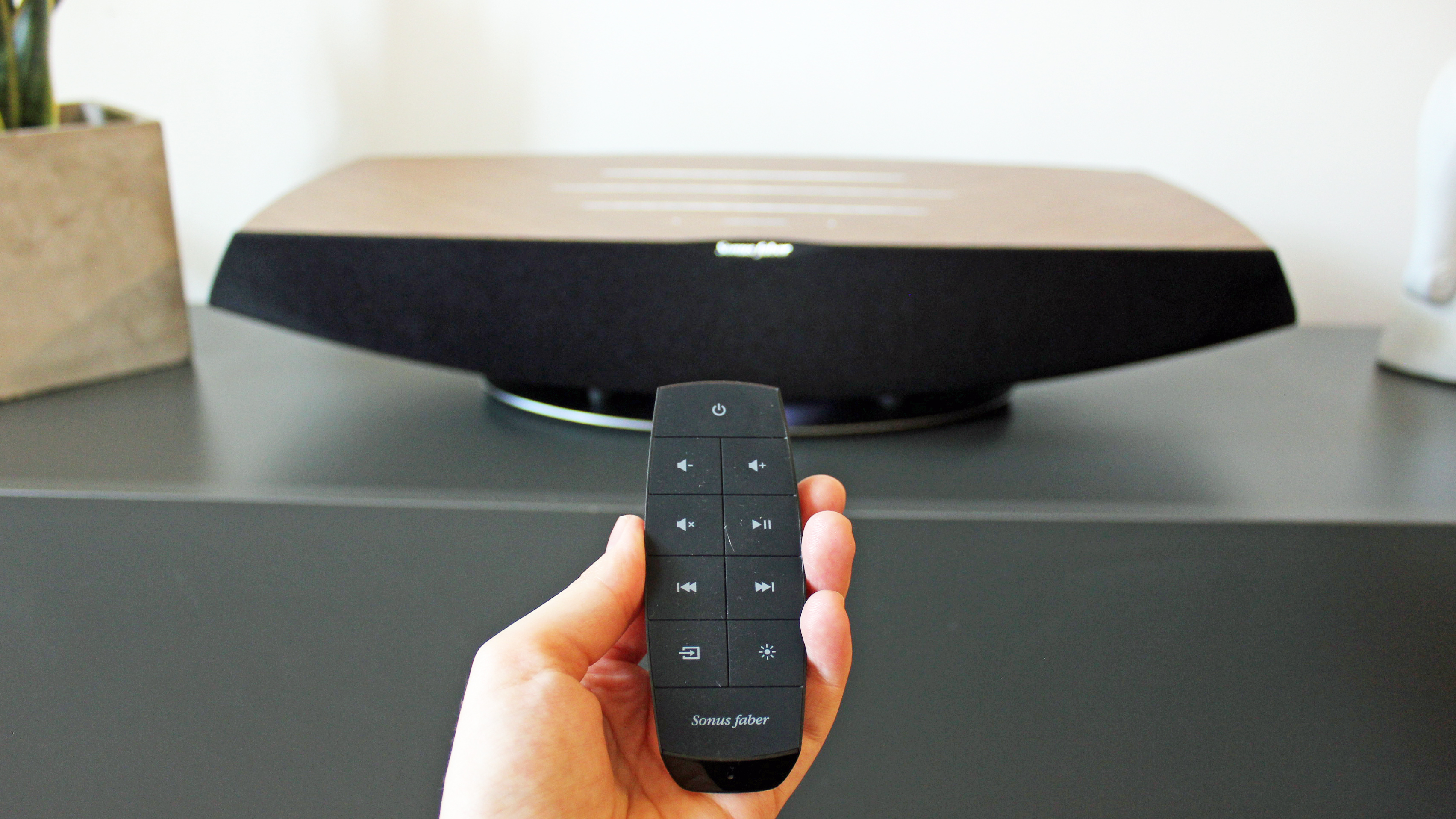
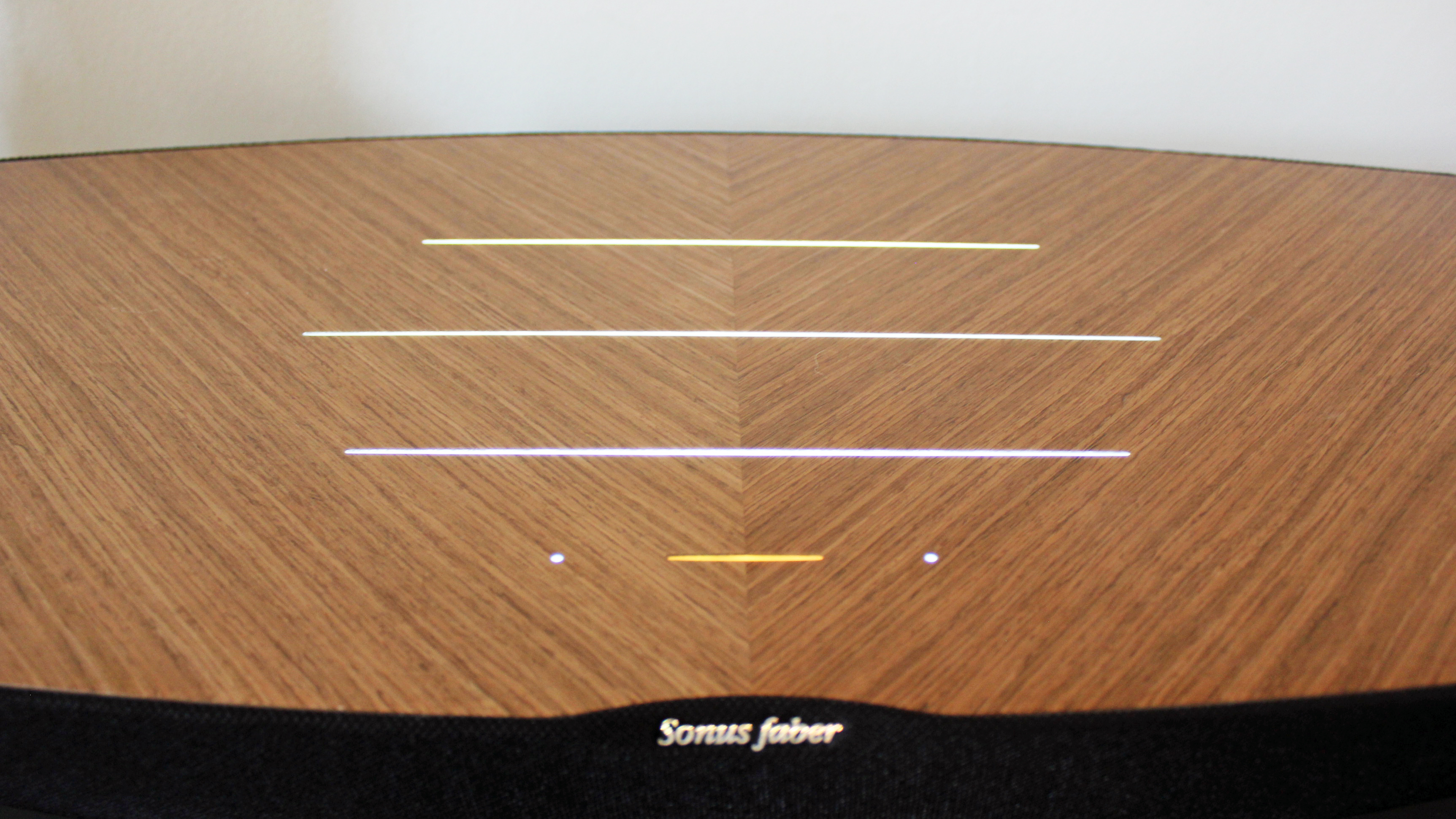
Specifications
Reasons to buy
Reasons to avoid
✅ You're after top-tier sound: The Sonus Faber Omnia delivers impressive audio for its size, uncovering layers in your favorite tracks you may not have noticed before.
✅ You want a statement design piece: It'll get people talking, while still looking classic. It's a beautiful piece of design.
❌ You're on a tight budget: There's no sugarcoating it, the Omnia comes with a premium price tag.
❌ You're after true stereo separation: While the Omnia offers an impressively wide soundstage, dedicated stereo speakers still deliver more precise left/right separation.
Sonus Faber is well-known for its high-priced, luxury hi-fi equipment, and the Omnia is no exception. This is a sleek, sophisticated, and fairly big all-in-one system that we found incredibly easy to use thanks to comprehensive wireless connectivity, with built-in support for the major streaming services, AirPlay, Chromecast, and Roon.
The Sonus Faber Omnia is an all-in-one system that brings simplicity and ease of use thanks to its wireless connectivity features and built-in support for major streaming services, AirPlay, Chromecast, Spotify, Tidal and Roon. There’s wired connectivity, too. You’ll find a switchable phone/line input to connect it to a turntable or other analog device, HDMI ARC, and an Ethernet port. Otherwise, you can control the speaker via your smartphone. If you’re on an iOS device, you’ll need the Home app to connect the Omnia to your Wi-Fi, while Android users can do this with the Google Home app. During our review, we found that setting up the Omnia was easy – follow the instructions in the app of your choice or use a wired Ethernet connection.
The Sonus Faber Omnia has a four-way closed-box system. This has seven drivers that are powered by 490W of amplification. Sonically speaking, it’s exemplary, with a wide soundstage, excellent clarity, and a deep bass response. During our testing, we were impressed by its stellar performance: “This is a powerful speaker that can soundtrack a party just as well as it can act as your TV’s main speaker in place of a soundbar.”
The Omnia may not sound as supremely detailed as Sonus Faber’s larger speakers, but it will still convey the minutiae of your favorite tracks with aplomb. In our review, we wrote: “It really shines in its presentation of close-mic vocals. In Eva Cassidy’s rendition of What A Wonderful World, the raspiness of her voice comes across with exquisite detail.”
The system has a tactile lacquered wooden surface that lights up when you interact with it. As we wrote in our review, we’ve seen for ourselves how these speakers are made and can confirm that plenty of care goes into picking the right wood, sanding it down, and preparing it by hand. Consider that this is a larger speaker, so although it looks sleek and sophisticated enough to elevate any home, you’ll need space.
This is a luxury speaker with a price tag to match. This means it’s only the right choice for people willing to invest in their sound system. But if you’re an audiophile with a big budget and want an option that works with your favorite streaming services at the touch of a button, the Sonus Faber Omnia is a top choice.
Read the full Sonus Faber Omnia review
Features | Lots of streaming service support and connectivity, but slightly odd to set up – you use a web interface instead of an app. | 4/5 |
Sound quality | An exceptional level of detail. Excels across all styles, especially its presentation of close-mic vocals | 4/5 |
Design | A luxury speaker through and through with an impeccable level of design and build quality. | 5/5 |
Value | Extremely expensive. But then again, that's to be expected from Sonus for such a thing of great beauty. | 3.5/5 |
The best wireless speaker for spatial audio
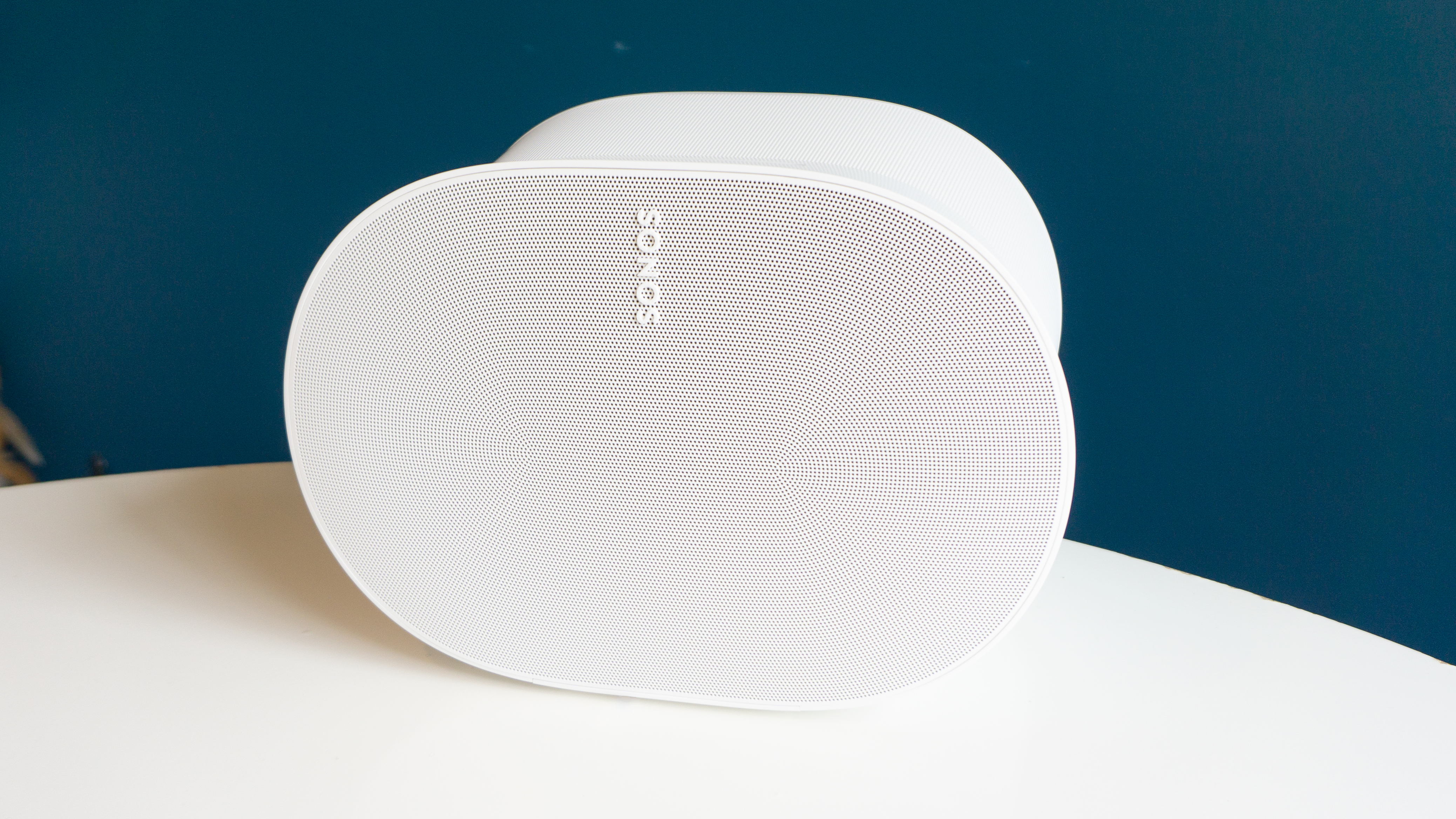
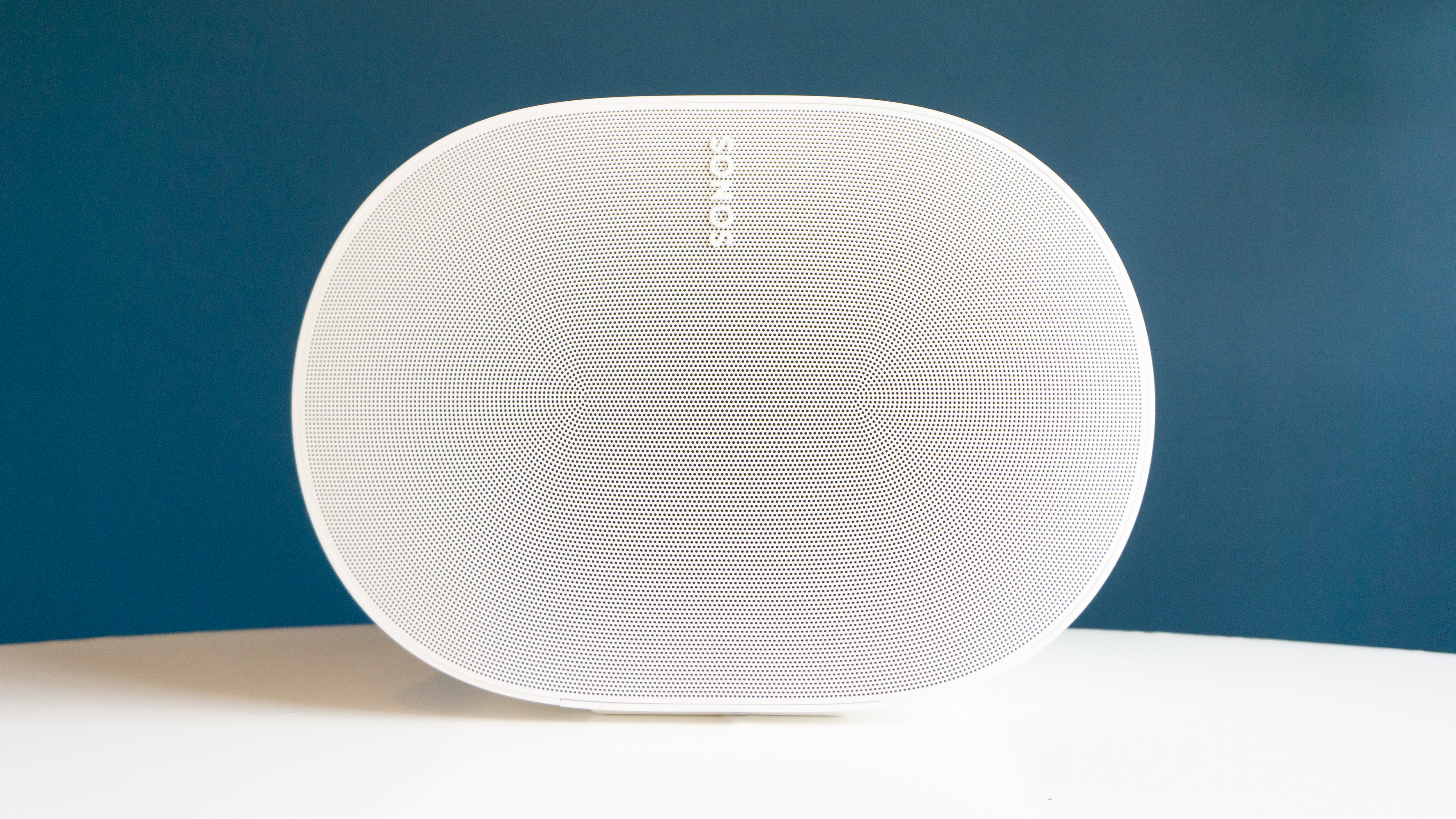
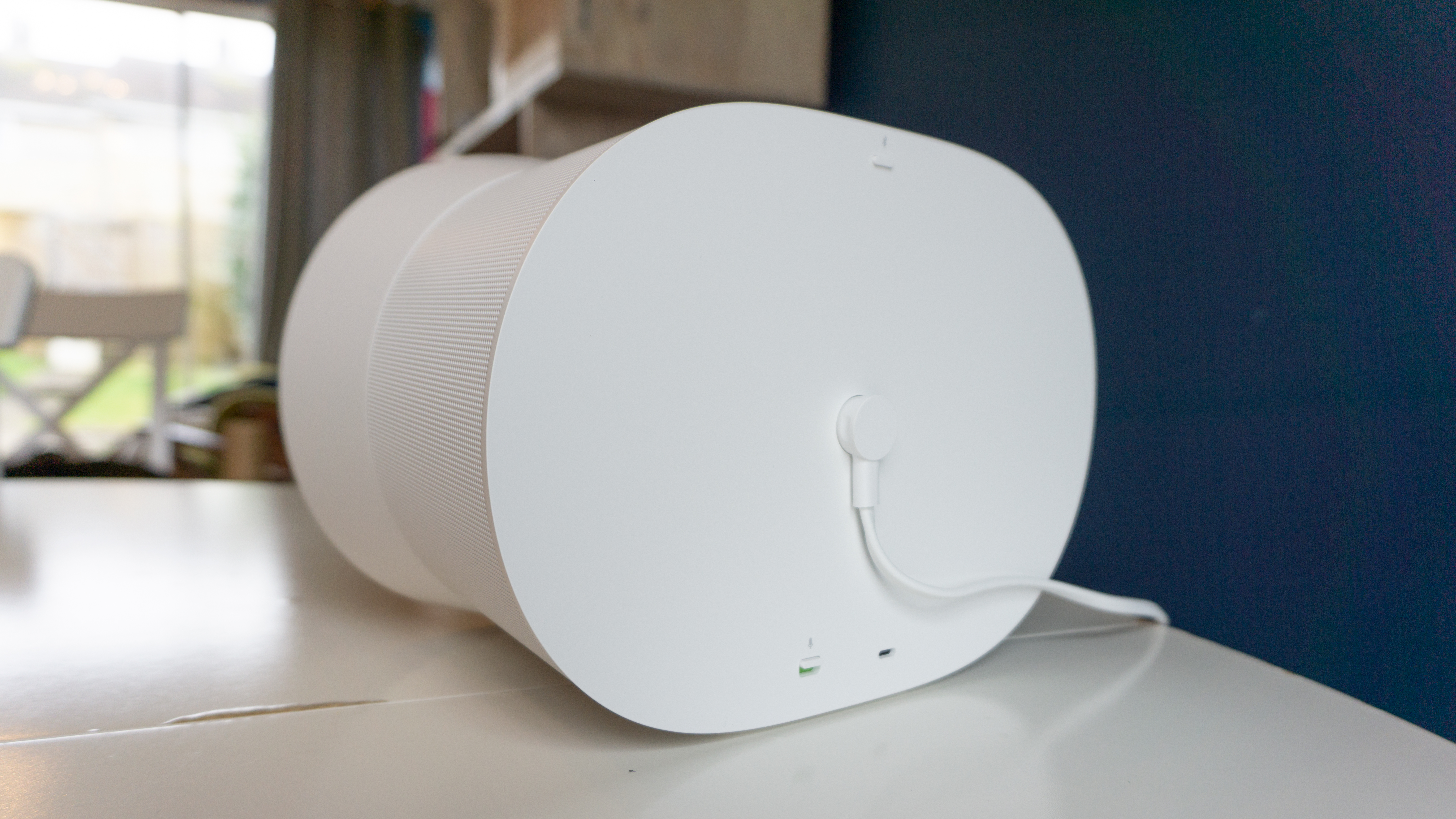
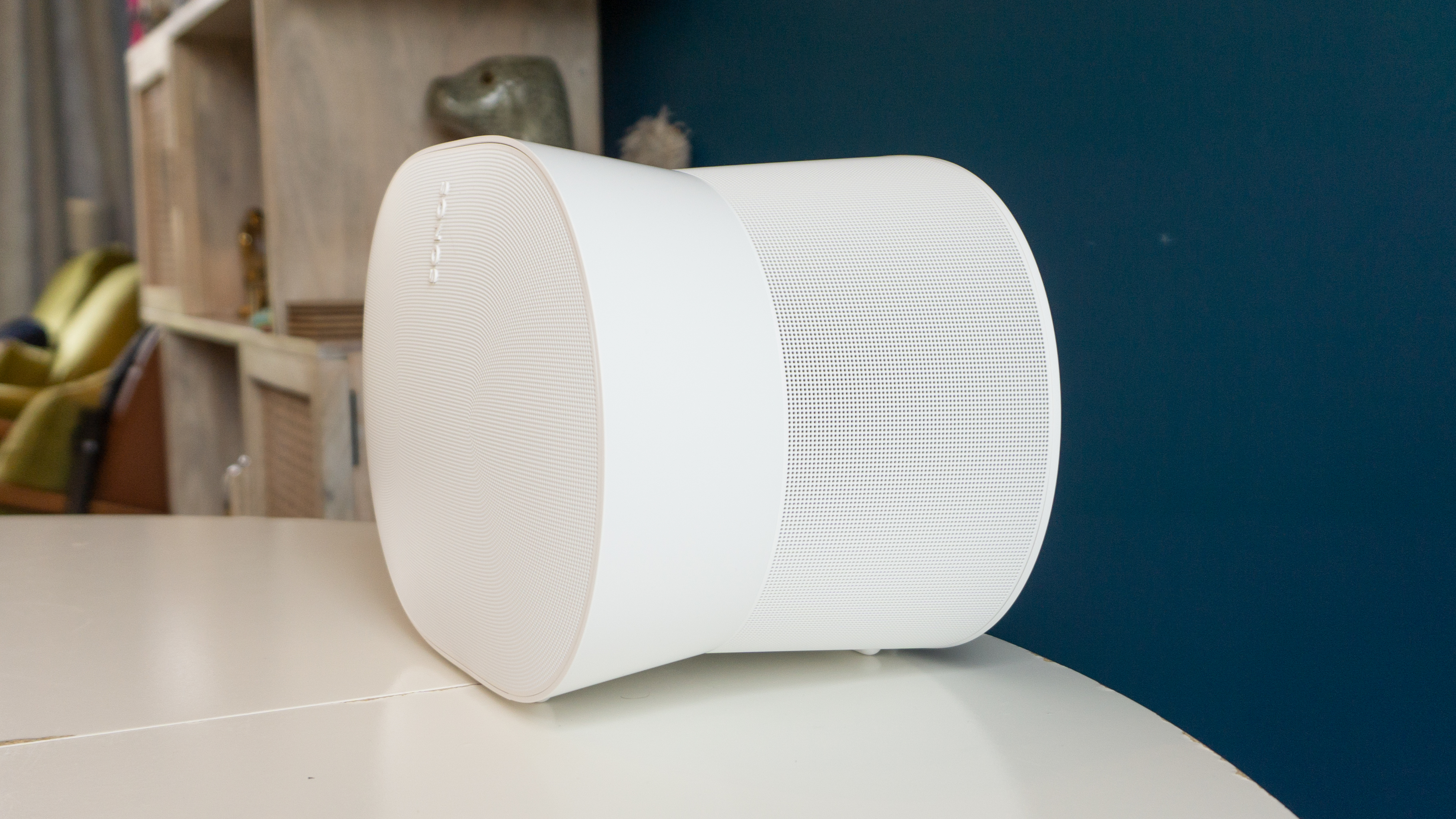
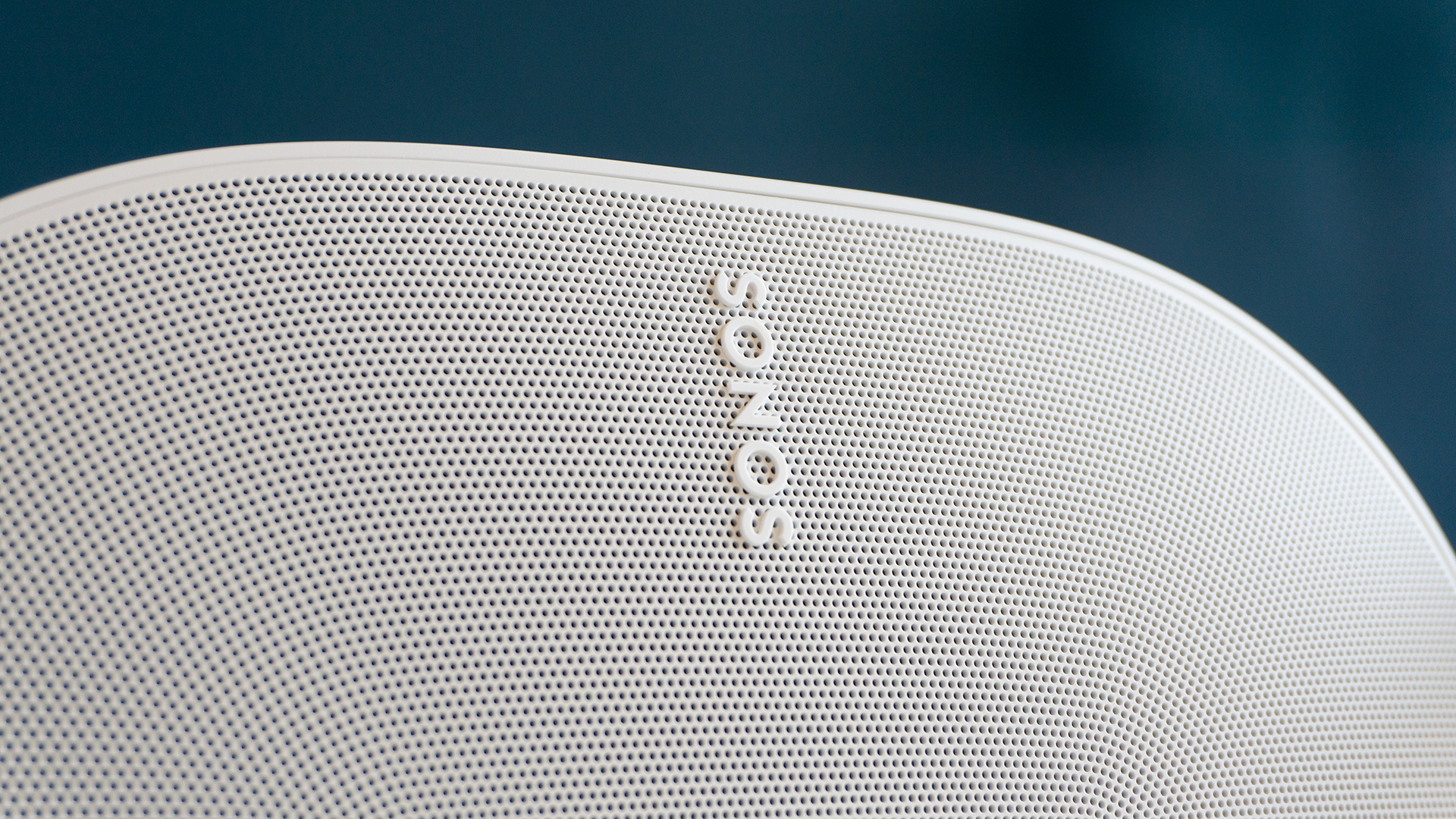
Specifications
Reasons to buy
Reasons to avoid
✅ You want a feature-packed, flexible pick: With support for the Sonos app, AirPlay 2, Bluetooth, line-in (via adapter), Dolby Atmos, and Hi-Res audio, this speaker can do kinds of stuff.
✅ You want to create a Sonos surround system: Pair two Sonos Era 300 units with a Sonos Arc Ultra for glorious surround sound.
❌ You're after pure hi-fi performance: It sounds excellent, but the Sonos Five is still the go-to for those who want uncompromising audio fidelity.
❌ You want subtle background sound: The Era 300 isn’t built to whisper. It shines at higher volumes and feels underpowered when playing quietly.
Sonos was generous enough to launch two new wireless speakers into its range in 2023. The Era 100 and this Era 300, which is the more premium version, and we went as far as to say in our review that it is on a whole new level when it comes to dispersing sound.
It's a very flexible speaker, and by far the best if you want to set up a Sonos surround system. You can also access the Sonos app to support AirPlay 2, Bluetooth 5.0, line-in, Hi-Res Audio and (of course) Dolby Atmos. Unlike previous Sonos products, the Era 300 supports a new type of room tuning tech called TruePlay Quick Tuning that works with both iOS and Android devices. You play a sound on your phone and the speaker listens and adjusts to your room.
The Sonos Era 300 sounds amazing in every conceivable way. First of all, we were blown away by the levels of detail on offer here. In our Sonos Era 300 review we wrote: “It elevates voices in the mix better than anything else I've heard at this size or price.” At times, we were slightly disappointed by the bass, which didn’t hit quite as deep as we expected, but we did note that it improved at higher volumes.
The speaker sounds so good for all sorts of reasons, but most notably, it’s the first speaker from Sonos with Dolby Atmos support. Thanks to up- and side-firing speakers, its spatial audio is also next-generation, which is the biggest differential factor of the two Era offerings and the main reason we would choose the 300 over the 100. This was really obvious during our sound tests, where we noted: “The Sonos Era 300 may be the most well-dispersed soundstage I've heard from a single speaker.”
The Sonos Era 300 has an unusual squashed cylinder shape, but that’s because it needs to have multiple angled speakers and horn shapes for its compression drivers. Still, Sonos has done a good job at making it look sleek and stylish, like the rest of its devices. One thing to note, however, that we picked up on during testing is that you can’t put it on a set of shelves where it’s covered at the top or on its sides. It must be in the open to blast soundwaves up and to the sides.
The Sonos Era 300 is great as a high-quality, super-flexible speaker. It’s not cheap, but it's not the most expensive wireless speaker either. Instead, it delivers exceptional audio prowess that most affordable speakers can’t touch, but you can opt for even more premium models if you want more bass extension. We also think that hi-fi fans may prefer the more traditional sound and style of the Sonos Five, although that device feels a little old compared to Sonos' newer models.
Read the full Sonos Era 300 review
Check out our Sonos discount codes for our latest deals and savings.
Features | From Wi-Fi and Bluetooth to Dolby Atmos, voice control, and line-in support – everything you could ask for is here. | 5/5 |
Sound quality | Delivers pinpoint stereo and Atmos positioning, with crisp detail and impressive depth. | 4.5/5 |
Design | Stylish and understated, though its angular shape might divide opinion. | 4/5 |
Value | It’s not cheap, but for the performance and feature set, it’s hard to beat. | 4/5 |
The best wireless speaker if money is no object
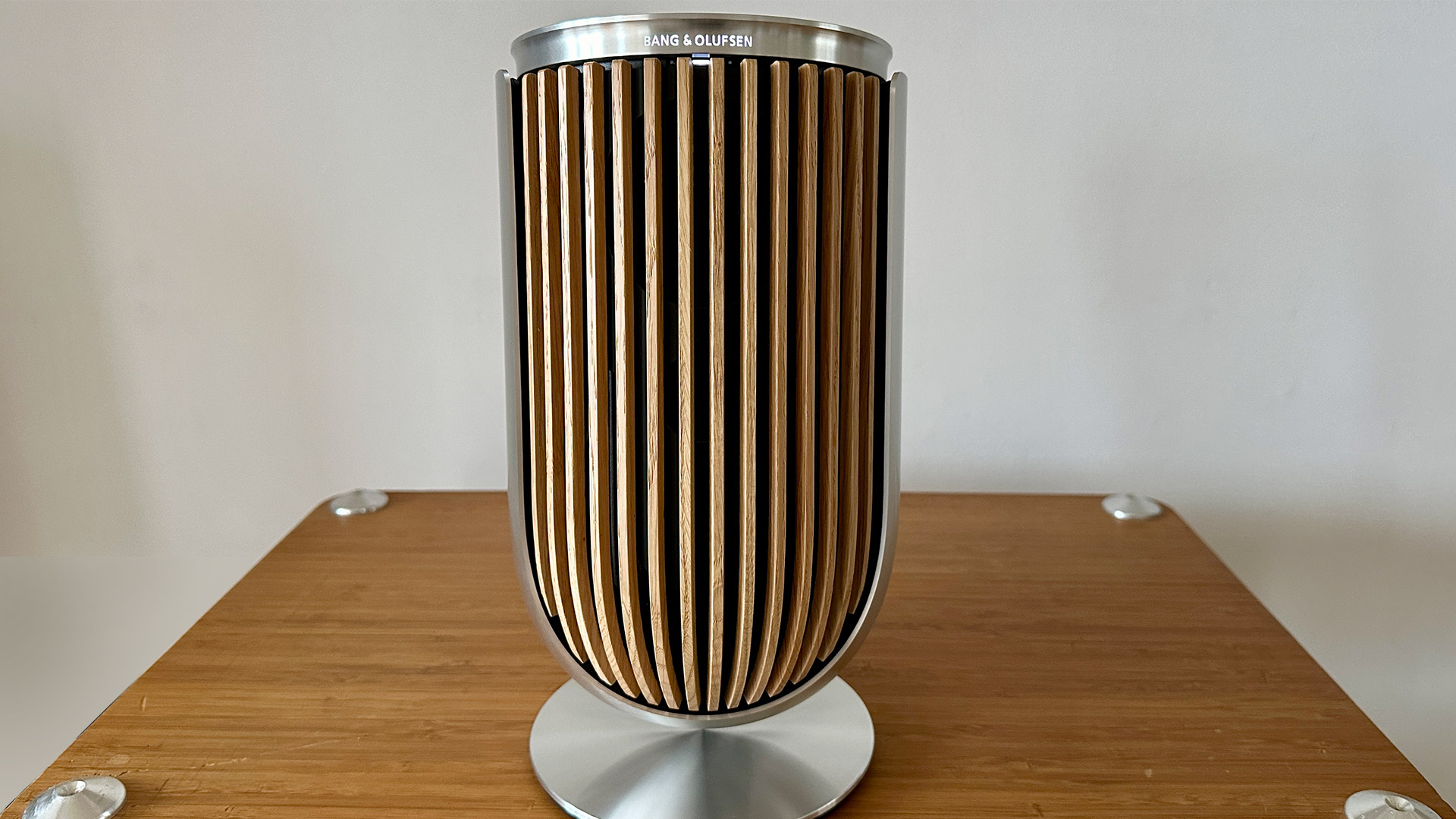
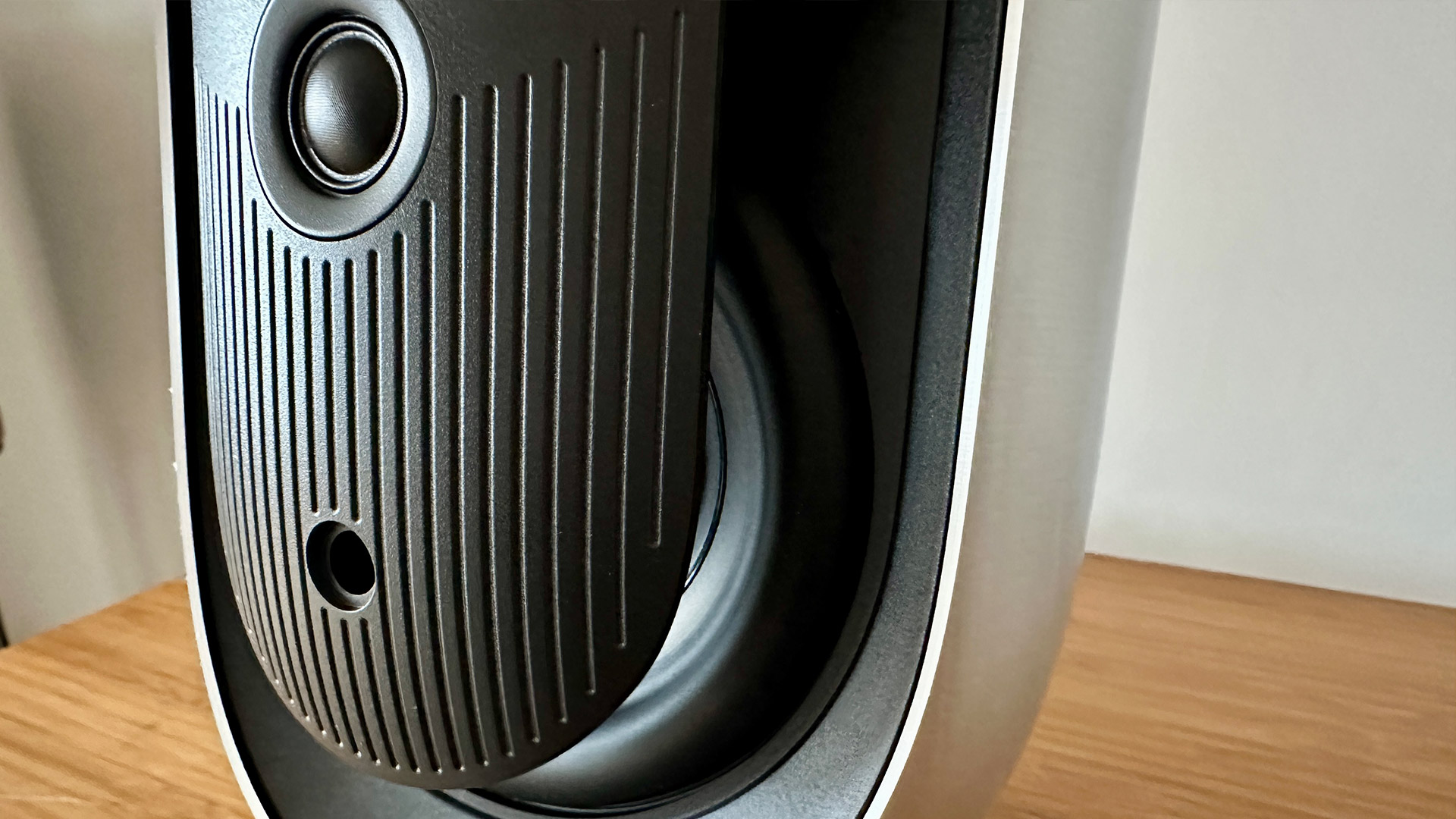
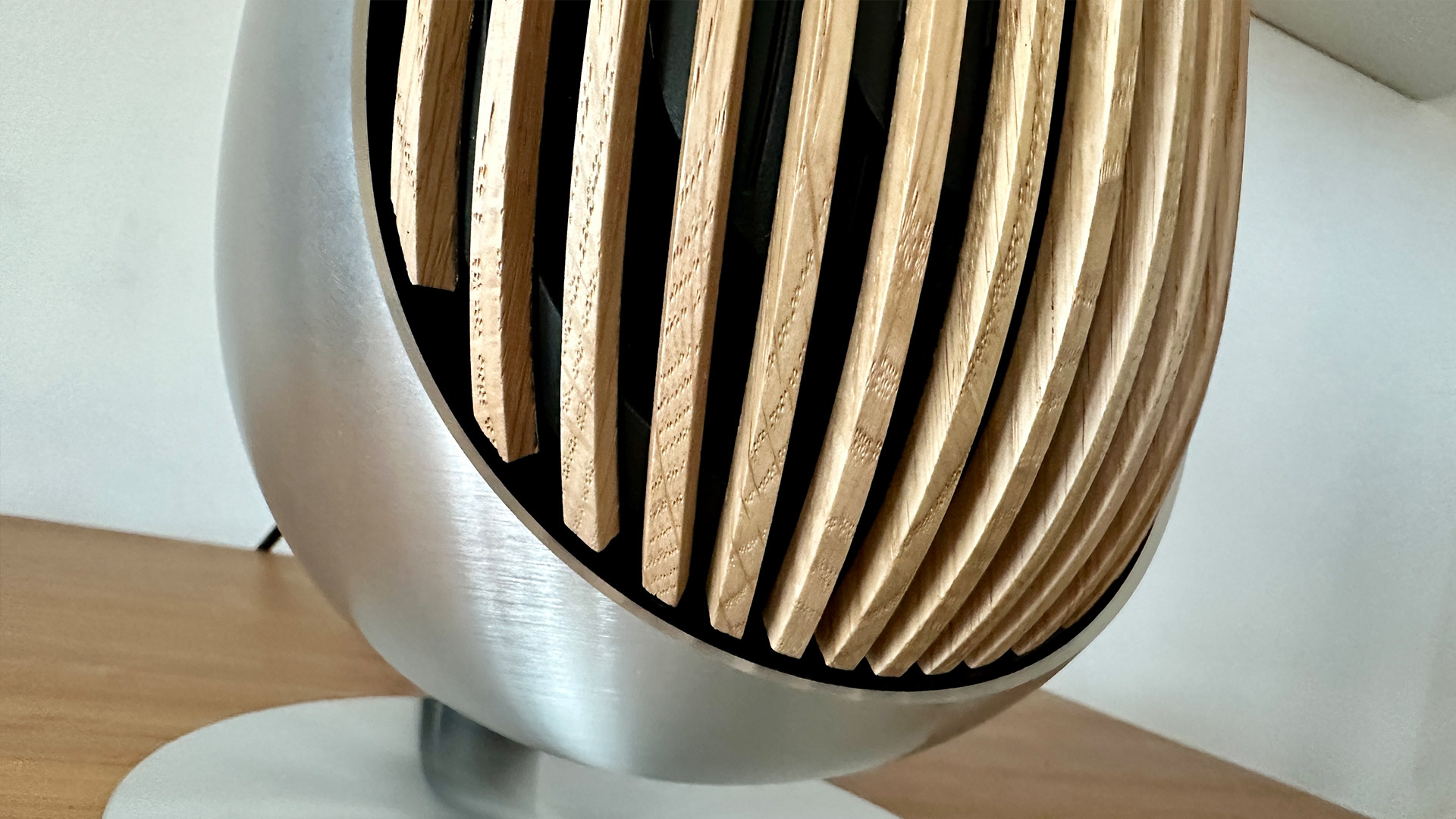

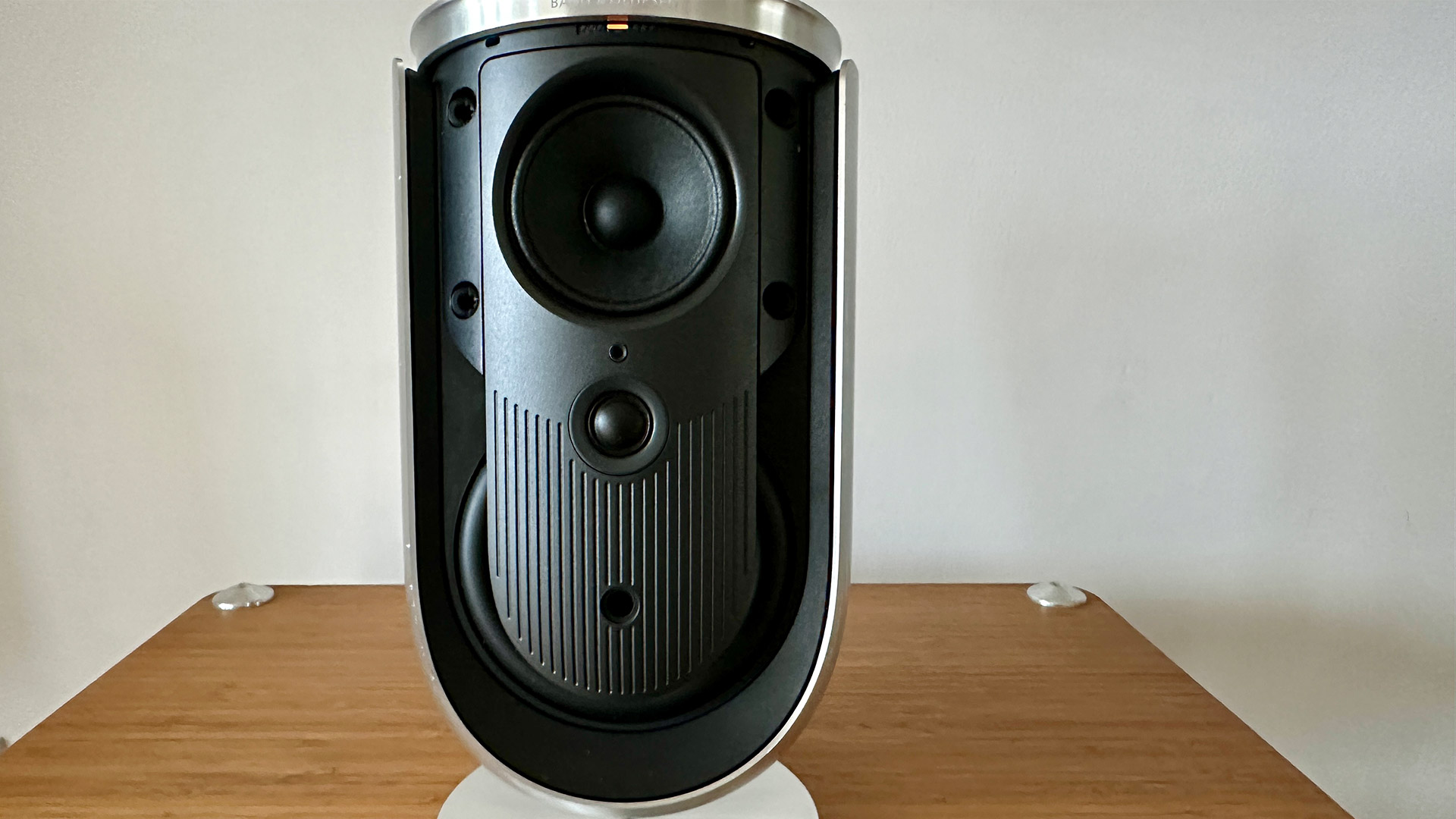
Specifications
Reasons to buy
Reasons to avoid
✅ Design matters as much to you as sound: With its unmistakable Bang & Olufsen aesthetic, the Beolab 8 is as much a design statement as it is a speaker.
✅ You want sound with serious presence: ‘Lively’ doesn’t quite cut it. This speaker delivers bold, energetic audio that grabs your attention.
❌ You're looking for value for money: There’s a lot to admire about the Beolab 8, but just don’t expect it to offer bang for your buck.
❌ You prefer a more relaxed listen: The Beolab 8 brings high energy to everything it plays, which might clash with slower, more laid-back tracks.
The Bang & Olufsen Beolab 8 looks just as elegant as it sounds. Its only real downside? The eye-wateringly high price tag that comes attached to it. While the Danish audio brand is known for making high-end audio gear, the Beolab 8 is the epitome of its expensive reputation, costing $2,749 / £2,199 / AU$4,499 for a single speaker.
You do get a lot for what you pay for, though. In terms of connectivity, there’s dual-band Wi-Fi alongside Bluetooth 5.3, including AirPlay, Chromecast, Spotify, and Tidal Connect. It also packs a DAC that supports 24bit/192kHz Hi-Res Audio. Using B&O’s Mozart platform, you can pair several Beolab 8 speakers together and use the control app to calibrate them to your environment.
There are also plenty of ways to install the speaker into your stereo or home theater setup. No matter whether you’d prefer the table, wall bracket or floor stand, there’s a lot of flexibility on offer to show off this elegant looking speaker and we found all to work well during our testing.
From the top all the way through the mids and low end of the frequency range, the Beolab 8 delivers an expansive, energetic and exciting sound quality. In our review, we said that “there’s an articulacy to the way the Bang & Olufsen handles the midrange that’s by no means a given in any speaker – even one as optimistically priced as this one”. We also wrote that these are some of the best wireless speakers we’ve ever tested. The only downside? We recommend you don’t listen to it at big volumes – that can skew the speaker’s sonic balance a little.
The speaker has a simple but bold design, and it’s impeccably well made and finished. At 189 x 290 x 165mm, the Beolab 8 is big enough to look like it means business – after testing it for ourselves for several weeks, we know it stands out in any room. Having said that, it is small enough to be either decorative or discreet, depending on what you prefer and how you position it. There are several slightly different shades and finish options. You’ll get ‘natural’ aluminum with a gray ‘mélange’ grille on a table stand for the lowest price – which is still incredibly high – and you'll have to pay more for a ‘gold tone’ with a light oak grille or ‘black anthracite’ with dark oak grille.
There’s no denying this is one exceptionally good-looking and excellent-sounding speaker. But does it justify its high price tag? That comes down to what you value the most. If it’s the best possible build and sound quality, and super-cool design, then this hits the brief and some.
Read the full Bang & Olufsen Beolab 8 review
Features | You get support for wired, wireless, Wi-Fi, AirPlay 2, Bluetooth 5.3 and more. Control app is good, as are touch controls. No voice control though. | 4.5/5 |
Sound quality | Expect a powerful, detailed and energetic listen. There's also a good presence and control in that low end. | 4/5 |
Design | A distinctive design with a high level of build and finish. A couple of different finish options to choose from. | 4.5/5 |
Value | Very expensive. Worth it, but only if you love B&O's commitment to premium materials and a unique design. | 3.5/5 |
The best wireless speakers: Score comparison table
| Header Cell - Column 0 | Features | Sound quality | Design | Value |
|---|---|---|---|---|
JBL Authentics 200 | 4.5/5 | 5/5 | 4.5/5 | 4/5 |
Apple HomePod Mini | 4/5 | 4/5 | 4/5 | 4/5 |
Bowers & Wilkins Zeppelin Pro Edition | 4.5/5 | 4.5/5 | 5/5 | 4/5 |
Cambridge Audio Evo One | 5/5 | 4.5/5 | 4.5/5 | 4/5 |
Sonos Roam 2 | 4/5 | 4/5 | 4.5/5 | 3.5/5 |
KEF LS50 Wireless II | 4/5 | 5/5 | 4.5/5 | 4/5 |
Sonus Faber Omnia | 4/5 | 4/5 | 5/5 | 3.5/5 |
Sonos Era 300 | 5/5 | 4.5/5 | 4/5 | 4/5 |
Bang & Olufsen Beolab 8 | 4.5/5 | 4/5 | 4.5/5 | 3.5/5 |
Other wireless speakers to consider
B&W Zeppelin (2021): Take a look at our Bowers & Wilkins Zeppelin (2021) review and you'll see we gave it a rare 5 out of 5 rating. Why? It sounds amazing, looks stunning and works well. The only reason it's not longer in this guide is the company released the latest model, which is currently in the guide above as our 'best under $1000' pick.
Bluesound Pulse M: We recently tested this wireless speaker and although we rated the detailed hi-res audio and simple design, as you'll see from our Bluesound Pulse M review, the whole package just didn't live up to expectations, especially for the price.
Edifier D32: If you enjoy a vintage vibe, this speaker should look the part in your home. You won't find booming bass and power for big parties here, but if that's not a priority for you, then this is a lovely-looking choice that delivers high-res sound and style for a decent price. Read our full Edifier D32 review for more.
Kanto Ren: Now, these aren't wi-fi enabled, so why are we mentioning them? Well, read our Kanto Ren review and you'll learn that these 5 star rated stereo speakers are powered (so no need for separate amps) and also boast Bluetooth connectivity. Which means if you want something to plug into your TV, laptop or other setup that also has Bluetooth baked in, the sound is truly sensational.
KEF LSX II LT: We rated this excellent, simple streaming hi-fi system highly in our KEF LSX II LT review and it's an ideal smaller and cheaper alternative to the LS50 II Wireless in the guide above.
Meridian Ellipse: Glance quickly at our Meridian Ellipse review and you might think you were looking at the B&W Zeppelin (above) but it's actually quite a different beast – and not always in a good way. It's crammed with smarts and looks the part, but we think it's missing the low end clout it needs for this kind of money…
Sonos Era 100: For a long time, the Era 100 was our top overall pick, and while we now think there are better options, it’s still a fantastic speaker. With excellent detail, clarity, and bass, it remains a solid choice. Read our full Sonos Era 100 review to see why we love it. However, as time has passed, newer models have surpassed it in value and audio performance, making it a little less competitive than it once was.
Sonos Five: Once our top pick for the best connectivity, the Sonos Five has now been overtaken by the newer Cambridge Audio Evo One. That said, it’s still worth considering for its room-filling sound and Sonos and AirPlay integration. However, the lack of Bluetooth and hi-res support means it’s no longer our top choice. Read our Sonos Five review to learn more.
Other AirPlay speakers: If you're on the hunt for other wireless speakers, do also take a look at our best AirPlay speakers guide. This is packed full of wireless options that work particularly well with Apple's wireless streaming tech – although they're not all from Apple. You'll find speaker options from KEF, Naim and Sonos, too.
How to choose the best wireless speaker
It's not easy when the market is awash with wireless, cubes, oblongs, teardrops cylinders and cushions all claiming to be the best, is it? If casting music from your phone or any other Bluetooth device is important to you, a Wi-Fi only connection (even if it uses Apple AirPlay 2) may not be sufficient.
But when it comes to picking a new wireless speaker for your home, room-filling sound is key, so look for models that feature 360-degree grilles and disperse audio at all angles. If it's true audio fidelity you're after, opt for trusted brands such as Sonos, Bowers & Wilkins and KEF – speakers from these companies are always likely to sound brilliant.
If you have an iPhone or an iPad, it might also be worth checking out the best AirPlay speakers, which allow you to stream music, podcasts or audiobooks directly from your devices to your speaker. That means room-filling sound from your phone without the need for a more complex entertainment set-up. With so many fantastic home wireless speakers on the market right now, we’ve selected and ranked only the best ones to include in this buying guide.
Will wireless speakers work with Spotify Lossless?
Spotify Lossless is now finally rolling out to Premium users of the streaming service. It should work with all wireless speakers that already support Spotify Connect, which is Spotify's own way of letting you play music over Wi-Fi, assuming they have a hi-res-capable decoding chip (which basically all will have).
Apps for wireless speakers that have Spotify library support built-in will also be able to access and play Spotify Lossless, but not all offered this at launch – a wait for an update may be necessary in some cases, such as on Sonos.
As you'd expect, a high-end Wi-Fi speaker or multi-room system will get more from the improved sound than a cheaper one with more basic speakers.
Can I turn regular speakers into wireless speakers?
Yes, you can. You don’t necessarily need to replace your old wired speakers to go wireless, but you will need a wireless adapter. These devices can connect to your existing speaker system via an aux or optical input and will then connect to your Wi-Fi or Bluetooth source.
These adapters are essentially a way to upgrade your system, allowing you to stream music from your phone, laptop or smart home devices without having to plug anything in. It’s a good way to make your beloved hi-fi setup more modern, but without spending big on brand new wireless speakers.
How do I control wireless speakers?
Wireless speakers are most really simple to use. Which means you usually have a few options about how you control them.
Some have on-device controls. These are physical buttons that allow you to change volume, play/pause or switch inputs.
You can also control many with apps. Most brands now have a companion app for advanced controls, including EQ, grouping speakers together and streaming.
Many wireless speakers have voice assistants, like Alexa, Google Assistant or Siri built-in, which lets you control them hands-free.
Finally, some speakers support systems like Spotify Connect, Apple AirPlay and Google Cast (AKA Chromecast). These allow you to control playback directly from your streaming app.
The best option will depend on your speaker. You'll tend to find that entry-level Bluetooth models might only offer basic buttons and phone control. But high-end Wi-Fi speakers often become part of a whole home smart system that you can run entirely from your phone or with your voice.
Do wireless speakers offer Hi-Res Audio?
Yes, these days the vast majority of Wi-Fi and multi-room speakers now support Hi-Res Audio.
Hi-Res Audio means the music is streamed at a higher quality than standard CD audio, which captures more detail in the track you're listening to. Some wireless speakers are now certified for this kind of Hi-Res playback, especially models from higher-end brands, such as Bowers & Wilkins and KEF.
Also bear in mind that all of the other devices you're using matter here. For example, the source (like your streaming service or files) must also be Hi-Res, and the connection method has to support it, too.
With Wi-Fi speakers, that's no problem – it's got the bandwidth for Hi-Res Audio and then some, and works across all devices.
Are Sonos wireless speakers still worth buying?
Sonos speakers are still a good choice. However, you should know that Sonos rolled out big changes to its app in 2024. These changes caused frustration among Sonos fans because key features were missing or harder to access, and the rollout felt rushed. Backlash to the changes was loud, which is why Sonos has steadily been issuing updates to restore missing functionality and improve the overall experience.
With all that in mind, we do think the core appeal of Sonos remains intact and the app has been restored to working very well, in our experience. Sonos products deliver strong audio quality, seamless multi-room support, and lots of compatibility with streaming services and smart home systems.
So if you're already in the Sonos ecosystem or considering a Sonos speaker, we still think Sonos devices are absolutely worth buying. However, do keep an eye out for news about ongoing updates – especially if the app experience is a top priority for you.
What are the best wireless speaker brands to look out for?
It really depends on what kind of speaker you're after. If you want multi-room connectivity and excellent sound, look for home speakers from Sonos.
Need a smart speaker? Check out models in the Google Nest and Amazon Echo ranges (and if you're a Siri user, Apple). Bear in mind though, you're not stuck with these brands if you need a voice assistant, as many third-party speakers come with Alexa and Google Assistant compatibility.
If it's pure audio fidelity you're after, brands like KEF, Naim, and Devialet are worth looking into. And, for portability, check out the likes of JBL, Ultimate Ears, Bose, and Urbanista.
What is the difference between these wireless speakers and a Bluetooth speaker?
The key difference about what's in this guide compared to our list of the best Bluetooth speakers lies in Wi-Fi support. Wireless speakers often connect via Wi-Fi, which provides a more stable and high-quality audio stream. That’s because the Wi-Fi connection allows larger data transmissions, which results in better sound quality, especially with high-resolution audio files. Wi-Fi speakers can also connect to multiple devices simultaneously, making them ideal for multi-room setups controlled via apps.
In contrast, Bluetooth speakers connect directly to devices like smartphones, tablets, or laptops using Bluetooth. While convenient and portable, Bluetooth has a shorter range and can be more prone to signal interference and compression, which can affect audio quality.
However, when considering the difference between wireless speakers and Bluetooth speakers, it’s also worth considering that most of the best wireless speakers also have Bluetooth built-in, bringing you both options.
Wi-Fi is relatively uncommon in portable speakers, because it uses a lot more power than Bluetooth, and usually requires a network to connect to. However, there are some portable options in this guide.
What are the disadvantages of wireless speakers?
There’s a lot to love about wireless speakers, but they do have some disadvantages compared to wired speakers. One of the main drawbacks is that they’re dependent on a stable Wi-Fi network. This means that if your Wi-Fi signal is weak or inconsistent, you might experience interruptions or poor sound quality. Setting up wireless speakers can also sometimes be more complex, requiring apps and network configurations.
Another potential downside is latency. Wireless connections can sometimes introduce a slight delay in audio transmission. This could be noticeable when you’re watching videos or playing games. Battery life can also be a concern for portable wireless speakers, as they’d need regular charging.
Can I use a turntable with wireless speakers?
Yes, you can likely use one of the best turntables with wireless speakers, but exactly how will depend on the speakers or the turntable. The simplest option is, of course, if your turntable has wireless capabilities. There are products like the Cambridge Audio Alva TT V2 that can broadcast Bluetooth to headphones or wireless speakers, while some support Wi-Fi to play to certain wireless system, such as the Sonos-friendly Victrola Stream Carbon.
However, a lot of wireless speakers have wired inputs, and they always have their own built-in amplification, so these can be connected to a turntable use RCA wired cabling… as long as either the turntable or wireless speaker has a phono stage pre-amp built in. This is common in turntables, but much less common in speakers, so make sure you've got this somewhere in there.
Finally, there are adapters that you can plug a turntable into to add wireless transmission to them, such as a WiiM Pro Plus or a Sonos Port.
What streaming services do wireless speakers work with?
Most of the best wireless speakers support several different streaming services. But it depends on the brand. Spotify, Apple Music, Amazon Music, Tidal and Deezer are among the most commonly supported streaming services. Qobuz is fairly common as well.
Roon is less common, but is often supported by higher-end models.
It's also worth mentioning that if you’re a big podcast or audiobook listener, you'll need to make sure your speaker supports the apps you use most – or that it has Bluetooth as a backup. If you have Bluetooth (or Apple AirPlay and Google Cast, to a degree), you can play basically anything from your phone or other device.
Are wireless speakers' connections reliable?
Generally, yes. However, it does depend on your home Wi-Fi. Wireless speakers rely on a strong, stable signal to deliver quality sound. In most homes with a decent router, you’ll get a smooth experience with little to no dropouts.
But if your Wi-Fi is patchy or overloaded, you might experience some lag or interruptions. Multi-room setups are especially sensitive to network strength, so it might be worth considering a Wi-Fi mesh system or positioning your router centrally for the best possible results – or even using an Ethernet cable to connect directly to your router.
Bluetooth tends to be very stable if you're in the same room, but will drop of quickly when walls get in the way.
What's the best multi-room wireless speaker system?
Sonos is still one of the best choices. Its multi-room setup is intuitive, reliable and it works across a range of speaker types and budgets, which means that you can start with one speaker and expand room by room.
Sonos earned a lot of complaints in 2024 when it changed its app drastically, in a way that broke features and massively reduced reliability. The app has improved a lot since then, and works well now.
But there are other strong options too. In the guide above, several of the picks have some multi-room functionality, including brands such as JBL, Bowers & Wilkins and Cambridge Audio.
Google Cast and Apple AirPlay can offer multi-room support using speakers from different brands, which is useful for mixing and matching what you need.
Google and Amazon also support multi-room setups for their smart speakers.
Will a wireless speaker work if my internet goes down?
This would depend on how your speaker is set up. If you’re streaming directly from the cloud, such as using Spotify Connect or playing music from Apple Music via the Sonos app, then yes. No internet would mean no music.
However, if your speaker also supports Bluetooth, AirPlay/Google Cast, or has an aux input, then you’ve got a backup plan. You would be able to switch to local playback from your phone or laptop until the connection’s back.
Bluetooth and an aux input don't require your network at all. AirPlay and Google Cast both use your home's Wi-Fi network – but this may still be working even if you're internet is down. If it's just the internet that's not working and you have saved music on your phone, you're fine; if your Wi-Fi went down along with the internet, then Bluetooth or aux-in are the only options.
How we test the best wireless speakers
At TechRadar we get our hands on many wireless speakers throughout the year, which means we know which features and specs to look for – and we know that the best ones can sound just as good as a traditional stereo speaker system if you treat them right.
It's important for us to compare the performance of these speakers against the specs claimed by their manufacturers, so we take the time to make sure the claims are legit.
We make sure to test a speaker against its chief competitors for sound and features, such as multi-room compatibility and app support, so you can be sure that the product is the best if we say it is. We live with these speakers in our homes to make sure that their performances are consistent, and we don't finalize our testing until we are certain of the sound quality.
We test the audio performance using a range of musical genres and stream from various sources, to ensure that these speakers can handle everything from thumping dance tracks to softly-spoken podcasts.
After years testing all of the latest audio tech, we are truly confident that our star-rated reviews are the best indication of the quality of the wireless speakers in this list. There are no sales teams involved in our verdicts, which means if we don't like it for sound, design, usability and features, we simply won't recommend it here.
The latest updates to this best wireless speakers guide
July 22, 2025
Checked all products against our latest reviews and price changes. Created a comparison table at the end of the guide to give readers a quick glance at how the recommended products stack up. Added the Edifier D32 to our list of other products to consider. Added several new entries to the FAQs.
July 18, 2025
Removed the Edifier D32 and added it to our 'Also consider' section instead. Created a comparison table at the end of the guide to give readers a quick glance at how the recommended products stack up. Added several new entries to the FAQs. Checked the entire guide to ensure everything is up to date.
See more updates
May 21, 2025
Added 'buy it if / don't buy it if' boxouts for each entry to help you more quickly see which device best suits you. Added scorecards under each device based on our testing. Added the KEF LSX II LT to our 'also consider' section. Updated our FAQ section to include the latest information about Sonos.
March 14, 2025
Refreshed the introduction. Swapped out the Sonos Five as our 'best for connectivity' pick and replaced it with the recently reviewed Cambridge Audio Evo One. Also switched the Sonos Era 100 for the B&W Zeppelin Pro in our 'best under $1000' slot. Added those two speakers that are no longer in the guide to our 'also consider' section (as well as the newly-reviewed Meridian Ellipse), because they'll still be solid choices for some people. Moved some of our recommendations around to make the guide more current and easier to scan for our readers.
January 23, 2025
Refreshed the introduction. Added a mention of the rumored HomePod mini 2 in our HomePod mini entry. Added some new products into the 'also consider' section, including the Bluesound Pulse M. Created galleries for each product entry so readers can get a better sense of how the recommendations look.
December 5, 2024
Rewrote the introduction. Added an 'also consider' section for readers who want more choice. Refreshed our Apple HomePod Mini entry to reflect the fact the speaker is a little older than some options, but still our top Apple pick. Added the JBL Authentics 200 as our top 'best for sound' pick, replacing the B&W Zeppelin. Switched the Sonos Roam for the new Sonos Roam 2 as our 'best portable' choice.
October 3, 2024
Rewrote the introduction. Added the Edifier D32 as our 'best retro-look' pick based on our testing, appealing to those who like a vintage aesthetic.
August 5, 2024
Checked all products against our latest reviews. Added more information to our FAQ section to help with key queries about wireless speakers.June 5, 2024
Checked reviews against our latest reviews. Expanded our write-ups of each product to make it easier to see where their strengths and weaknesses are.
February 13, 2024
Added the Bang & Olufsen Beolab 8 as the best money no object wireless speaker you can buy and reviewed current rankings against available models.
December 13, 2023
Checked rankings against recent reviews and made some small copy enhancements throughout the guide to make sure nothing was out of date.
September, 6 2023
While no new reviews are in yet, we decided to remove the Marshall Stanmore due to it being succeeded by second and third generation models.
July 18, 2023
Introduced a new quick list navigation, lead image and reordered list, adding in Sonos' new Era 100 and Era 300 speakers.
Sign up for breaking news, reviews, opinion, top tech deals, and more.

Becky became Audio Editor at TechRadar in 2024, but joined the team in 2022 as Senior Staff Writer, focusing on all things hi-fi. Before this, she spent three years at What Hi-Fi? testing and reviewing everything from wallet-friendly wireless earbuds to huge high-end sound systems. Prior to gaining her MA in Journalism in 2018, Becky freelanced as an arts critic alongside a 22-year career as a professional dancer and aerialist – any love of dance starts with a love of music. Becky has previously contributed to Stuff, FourFourTwo and The Stage. When not writing, she can still be found throwing shapes in a dance studio, these days with varying degrees of success.